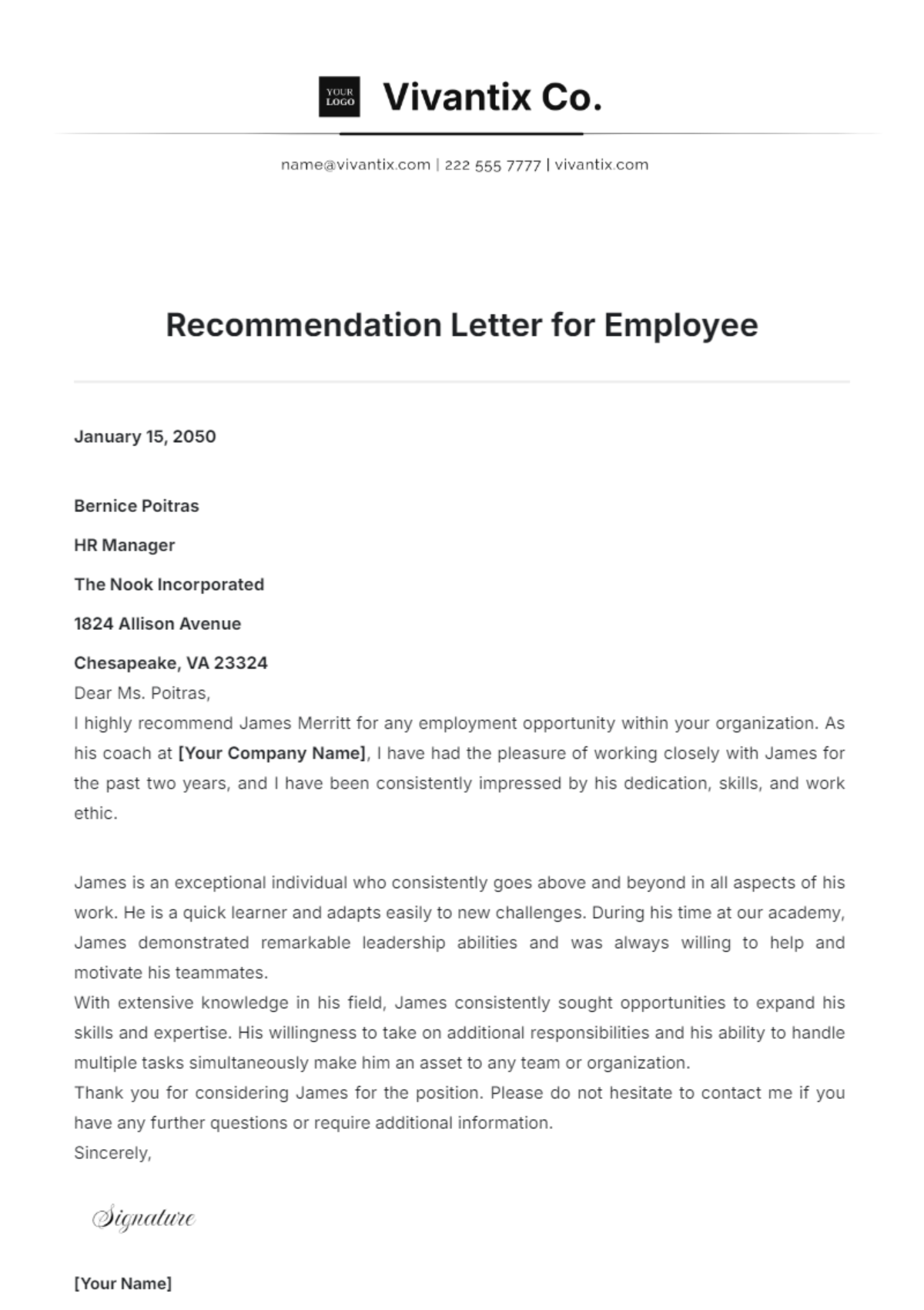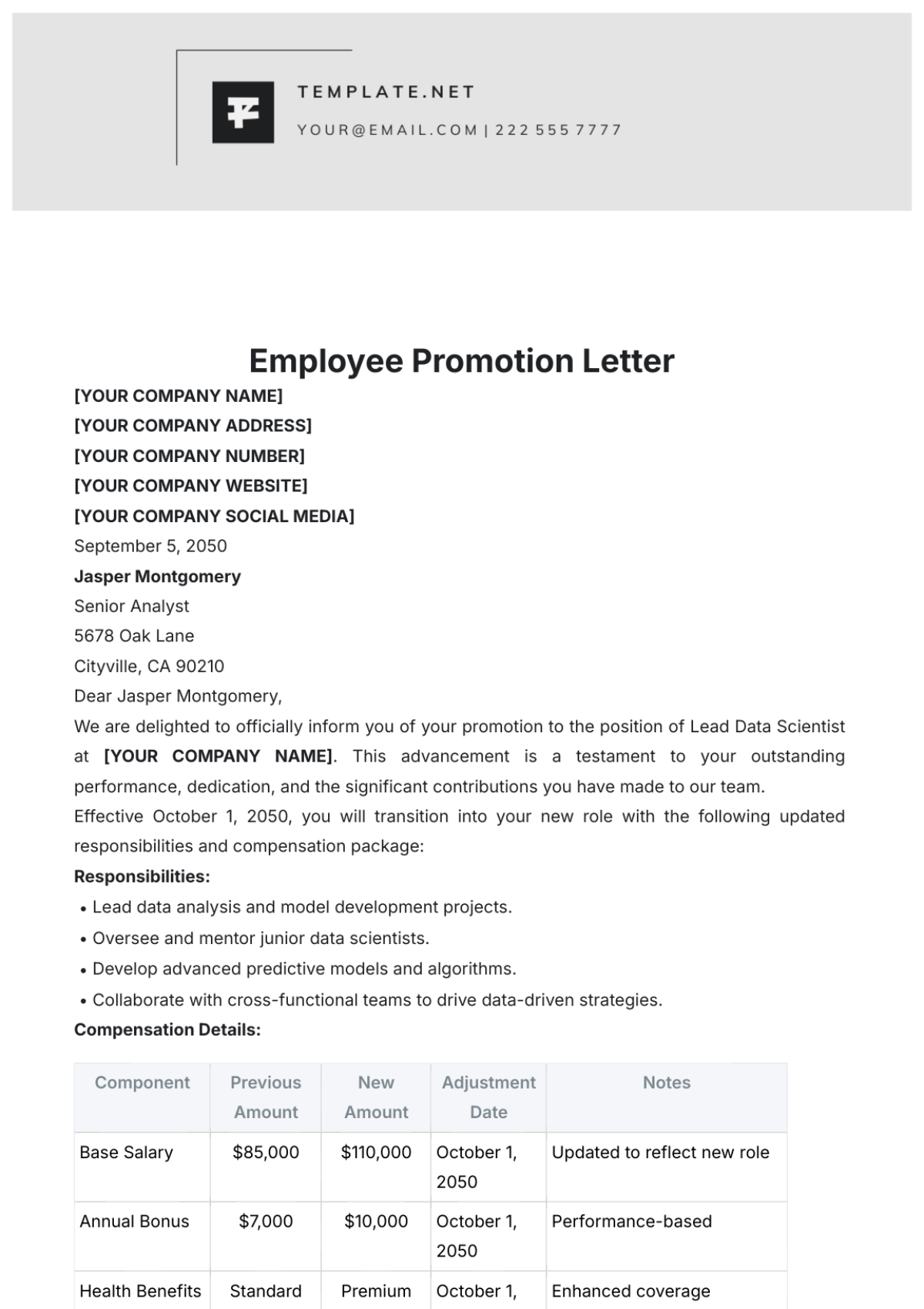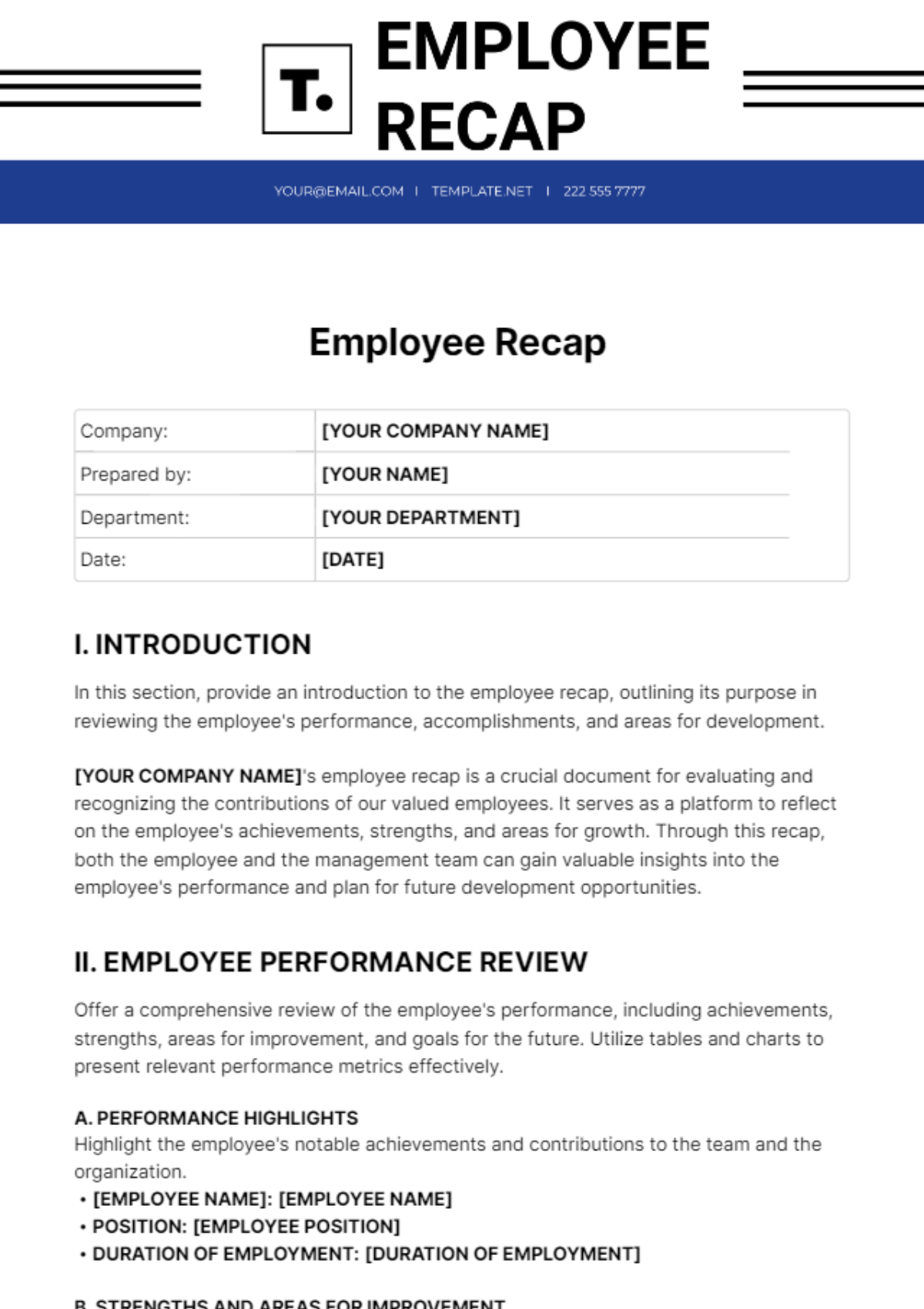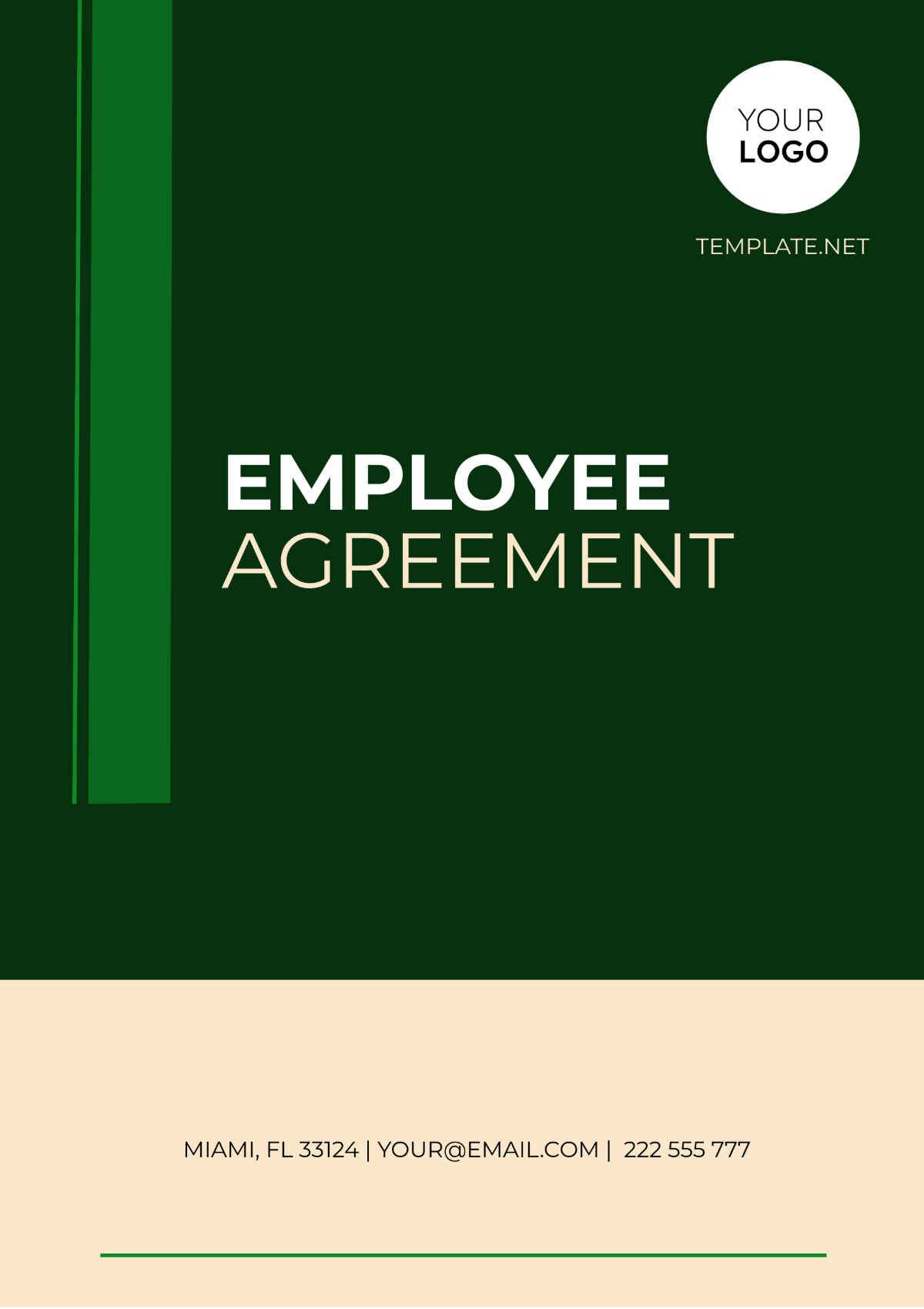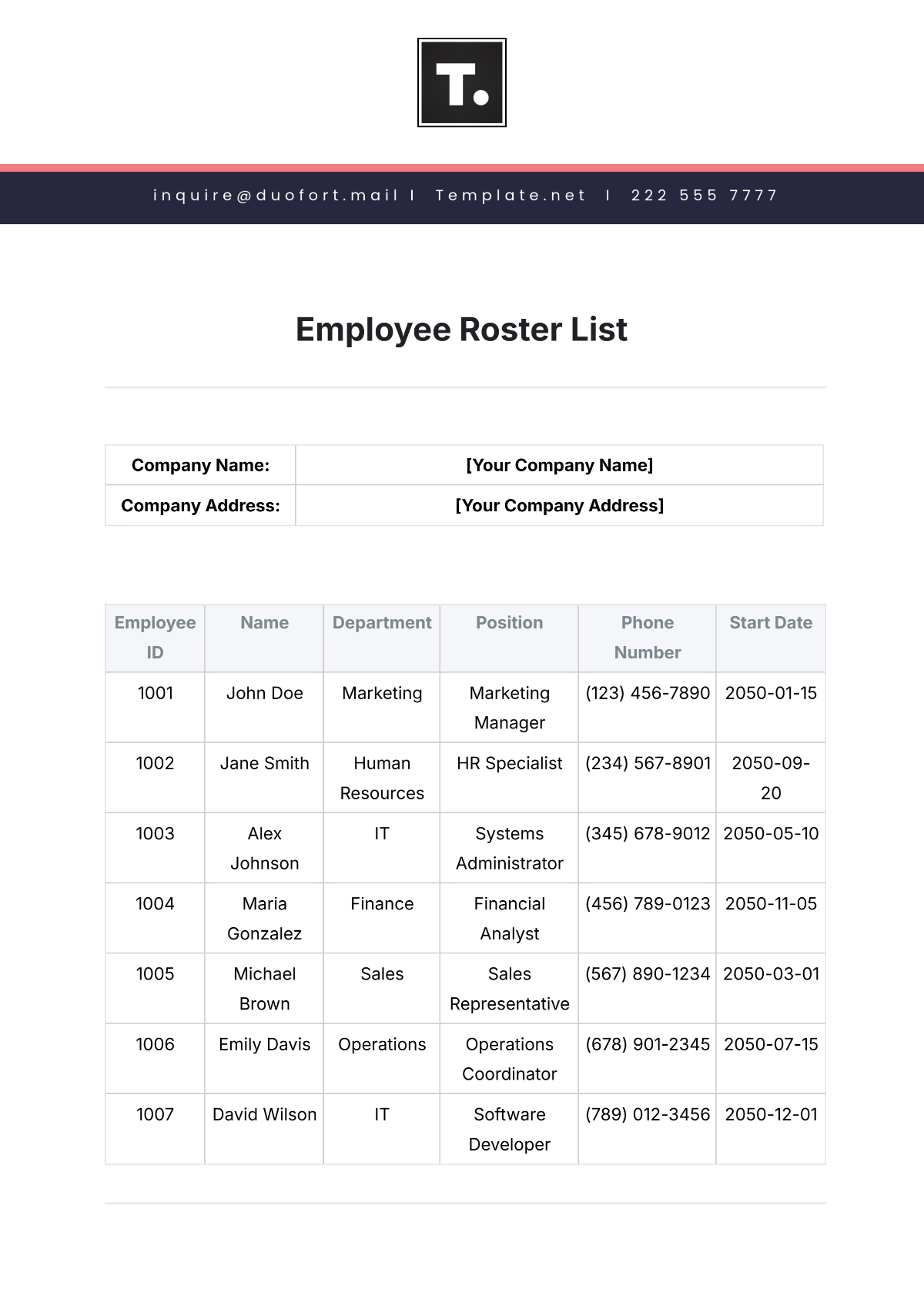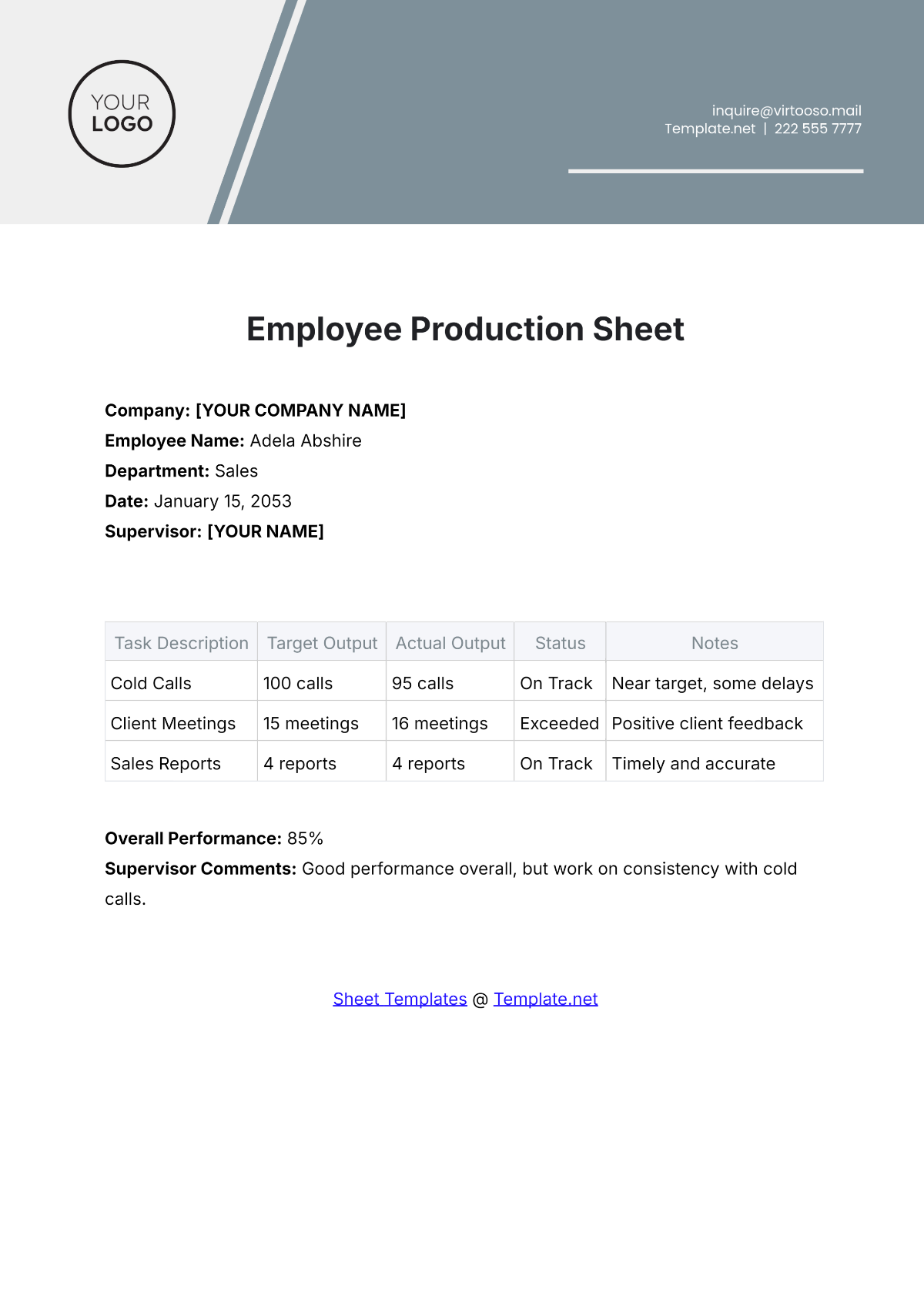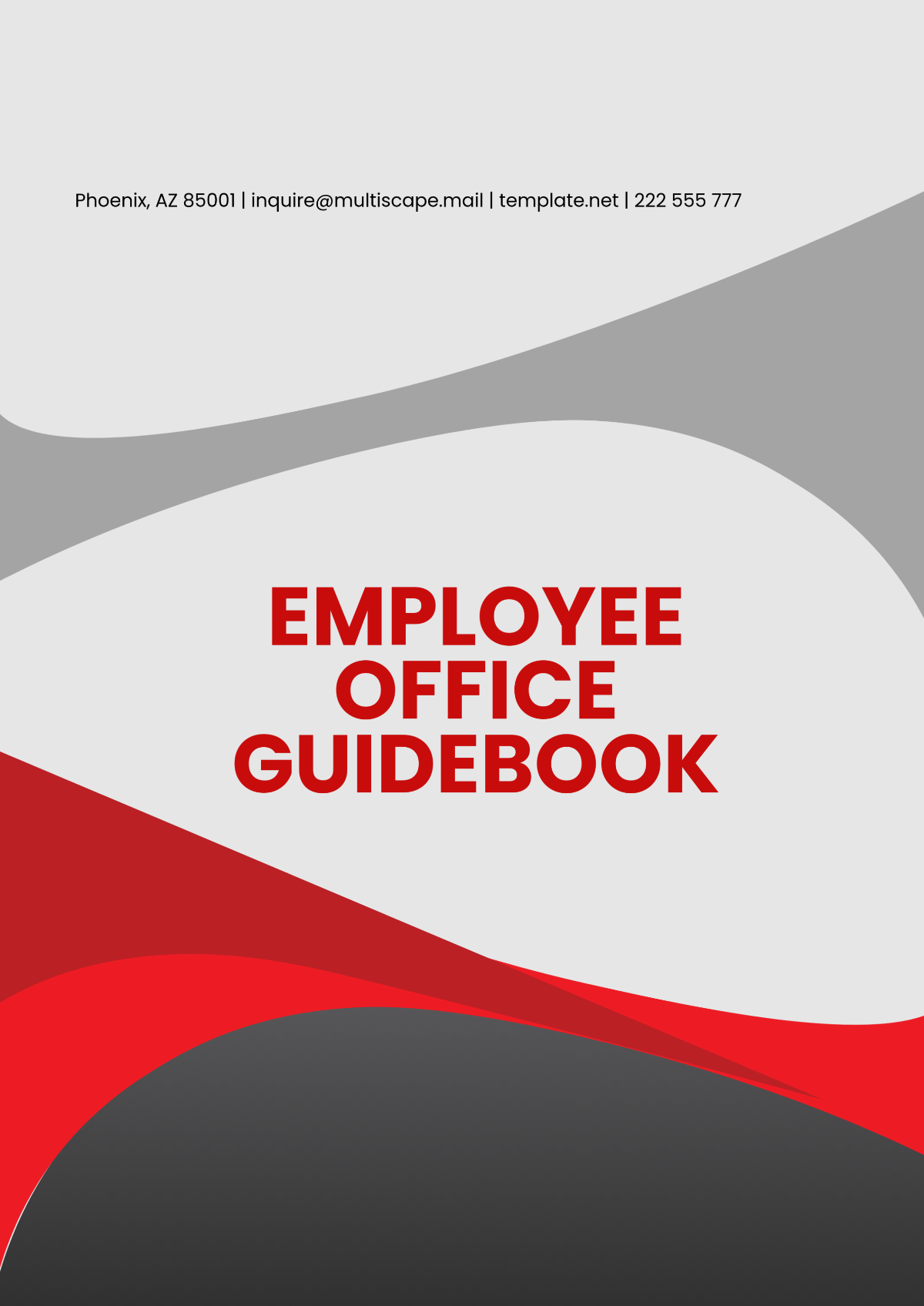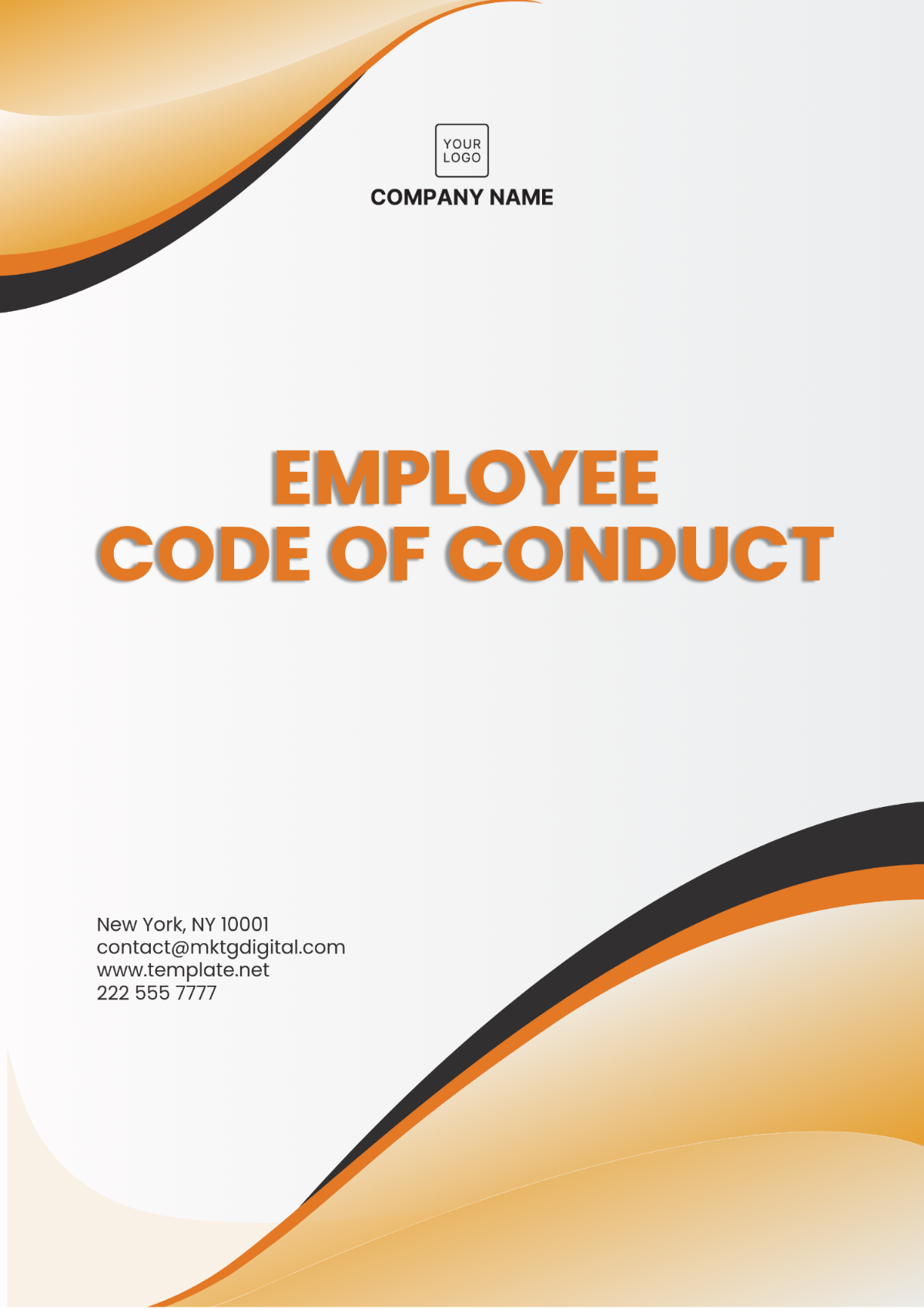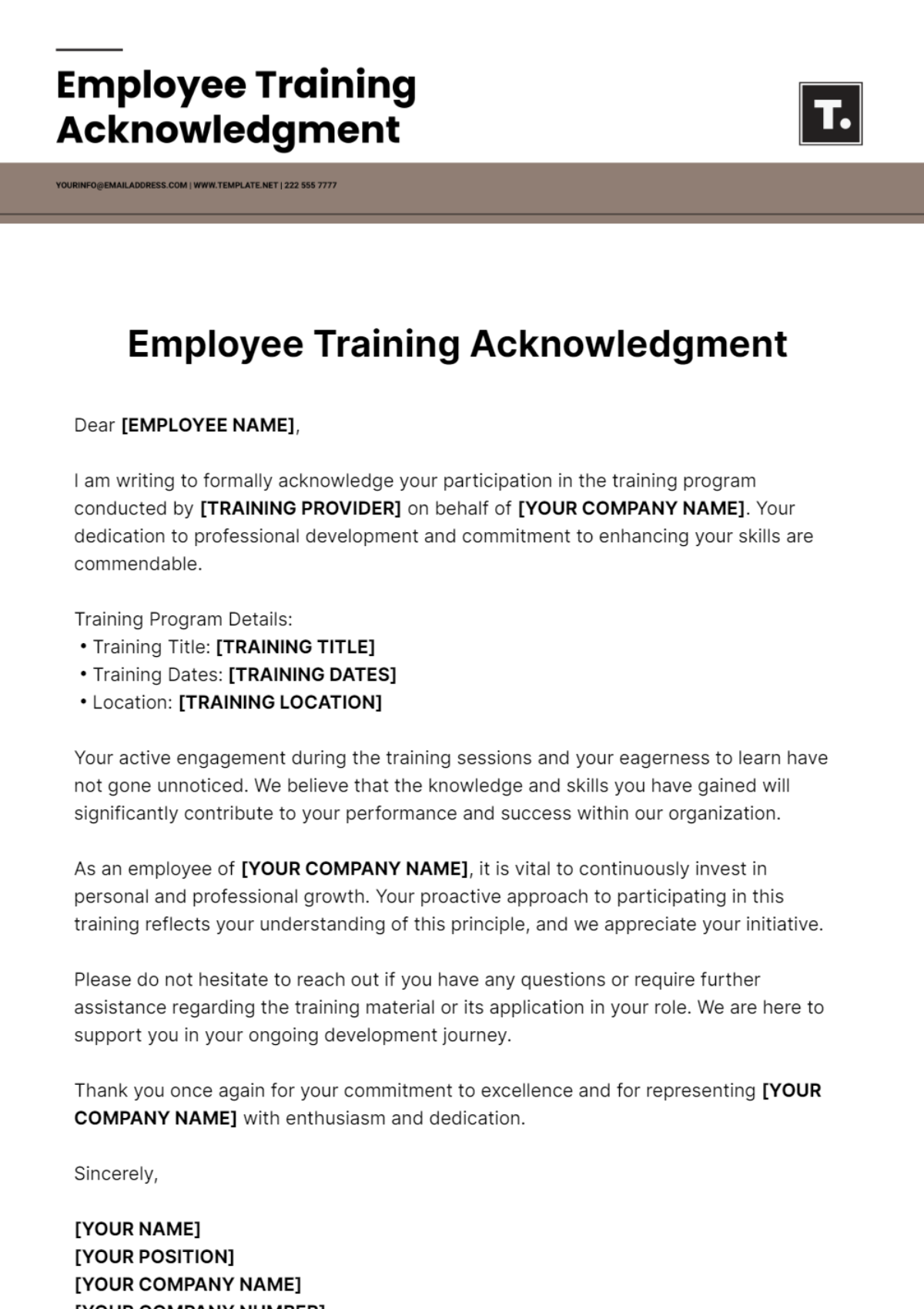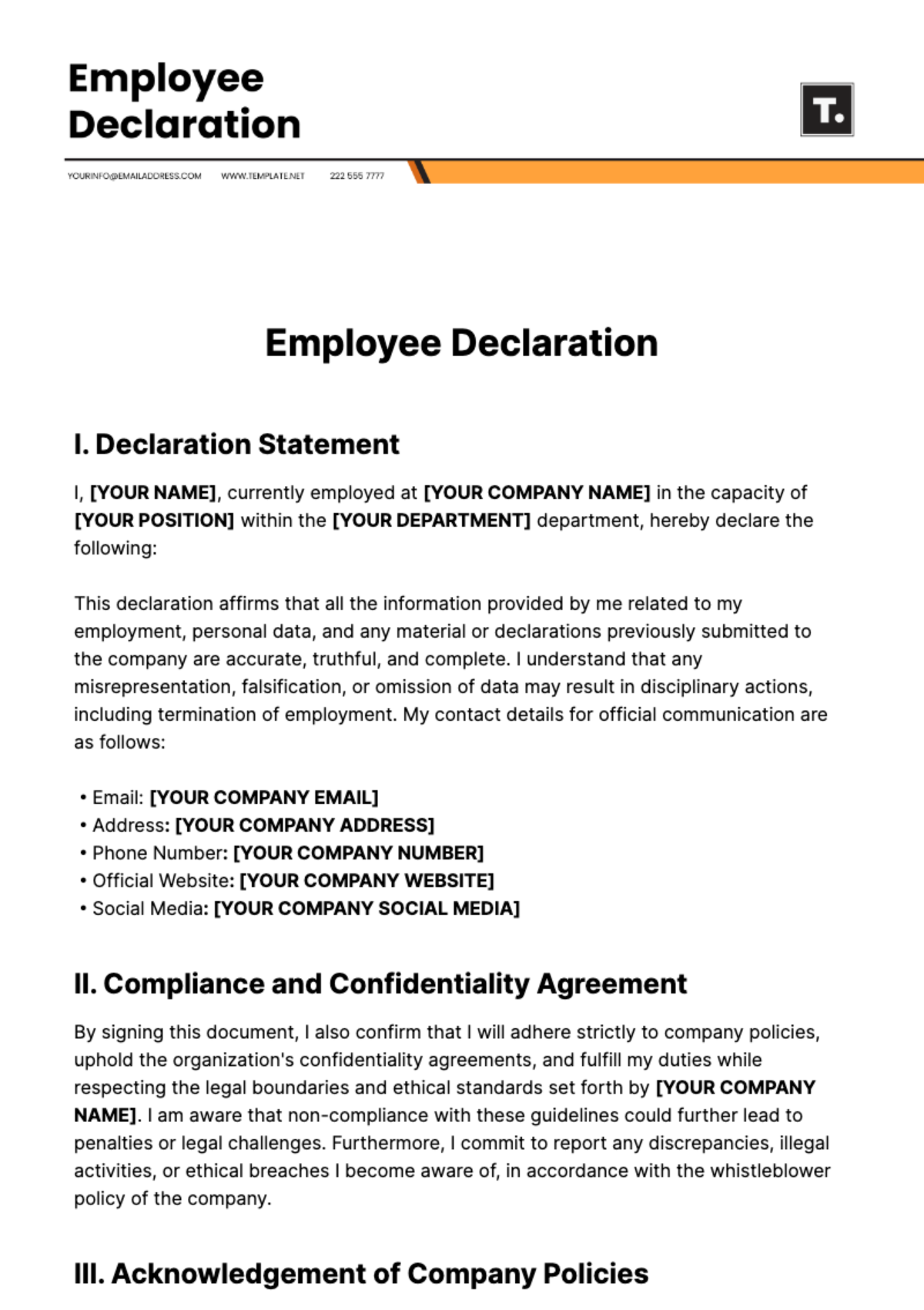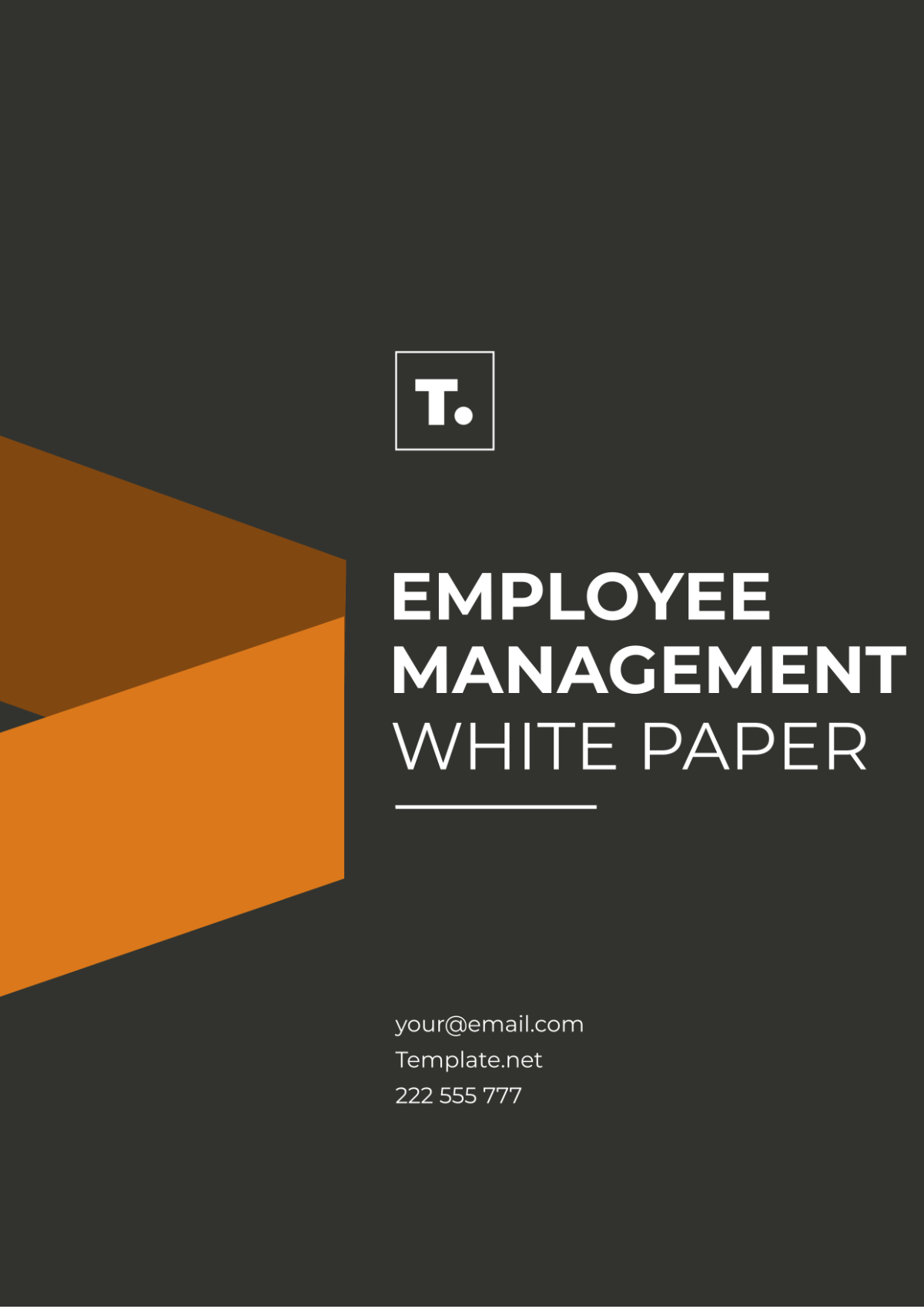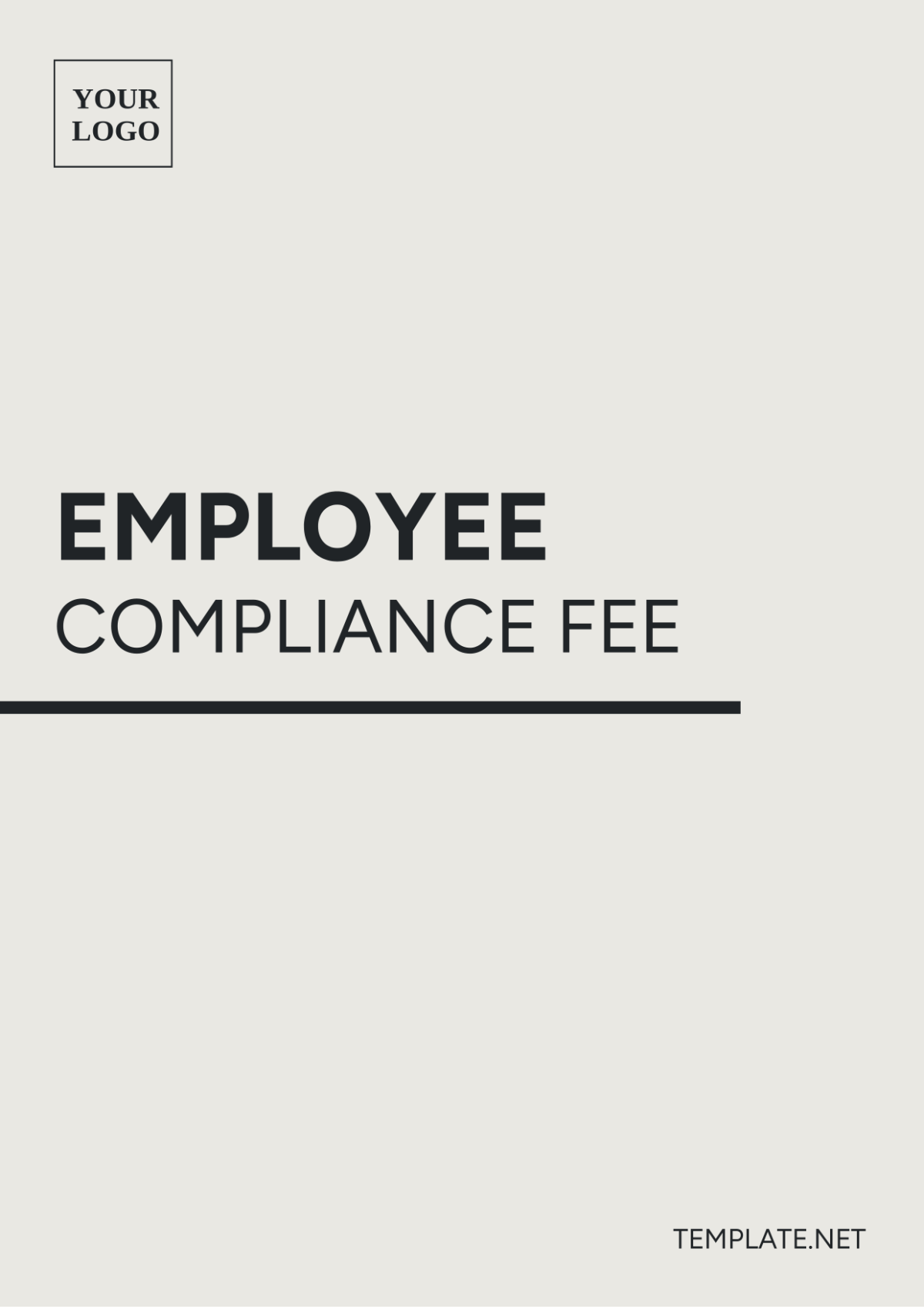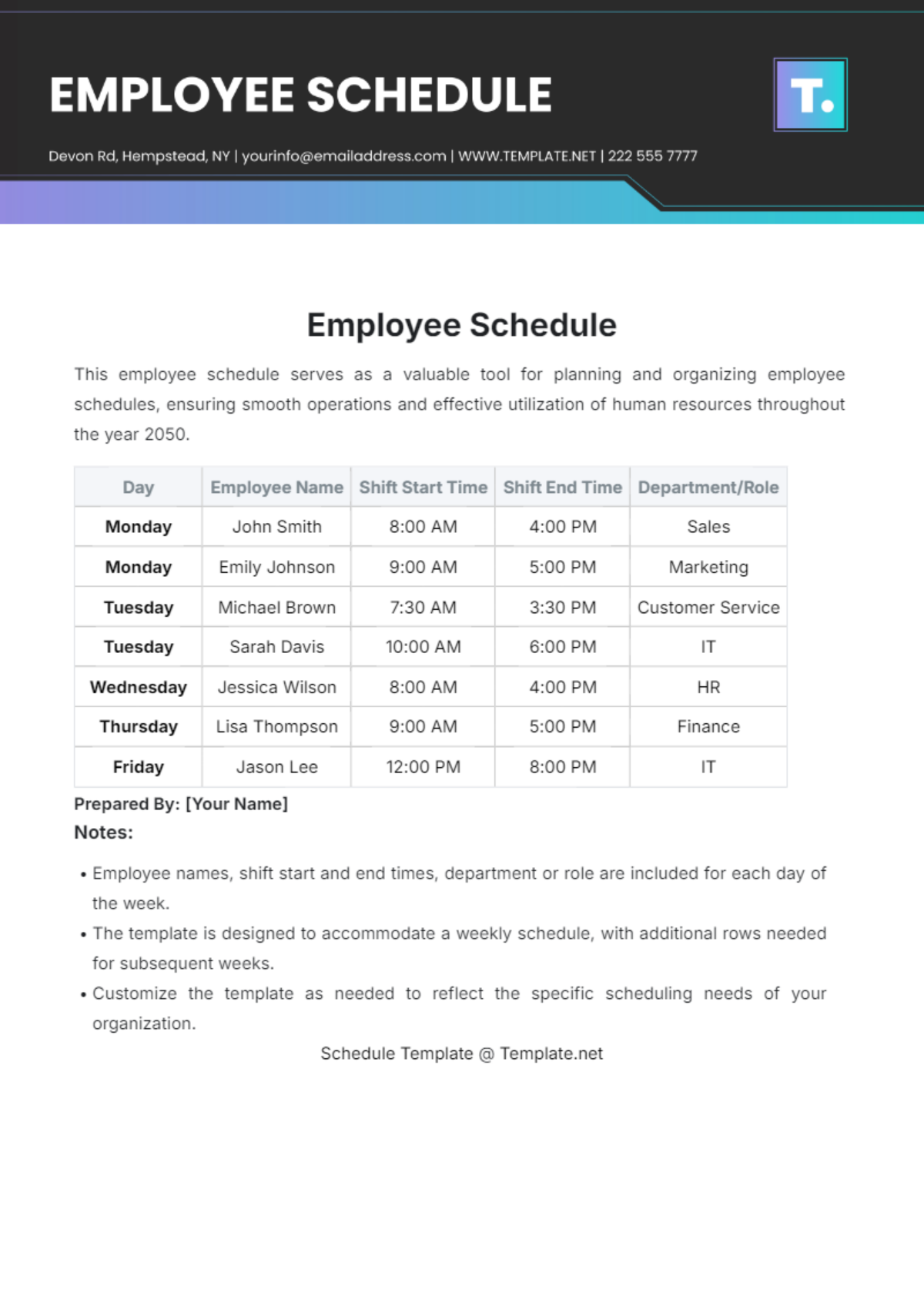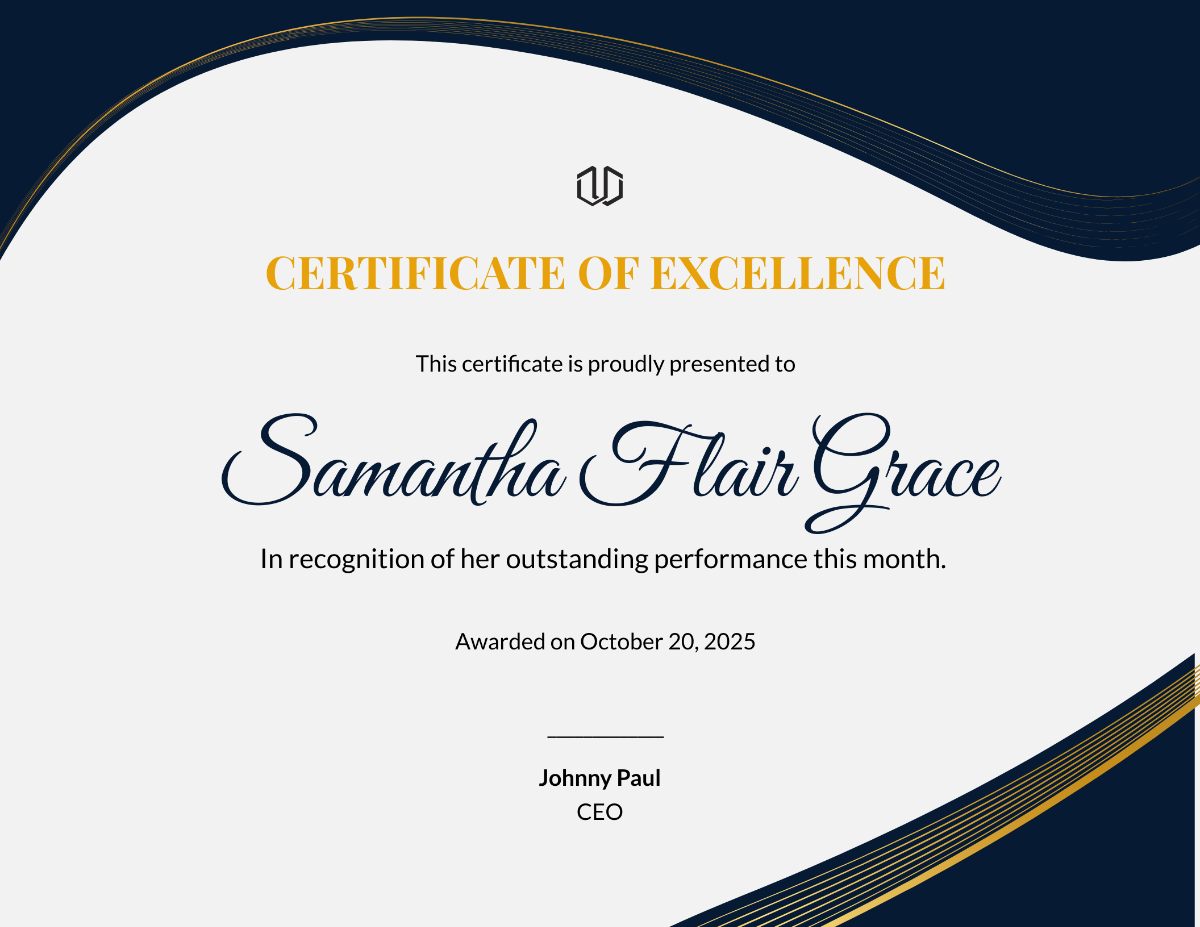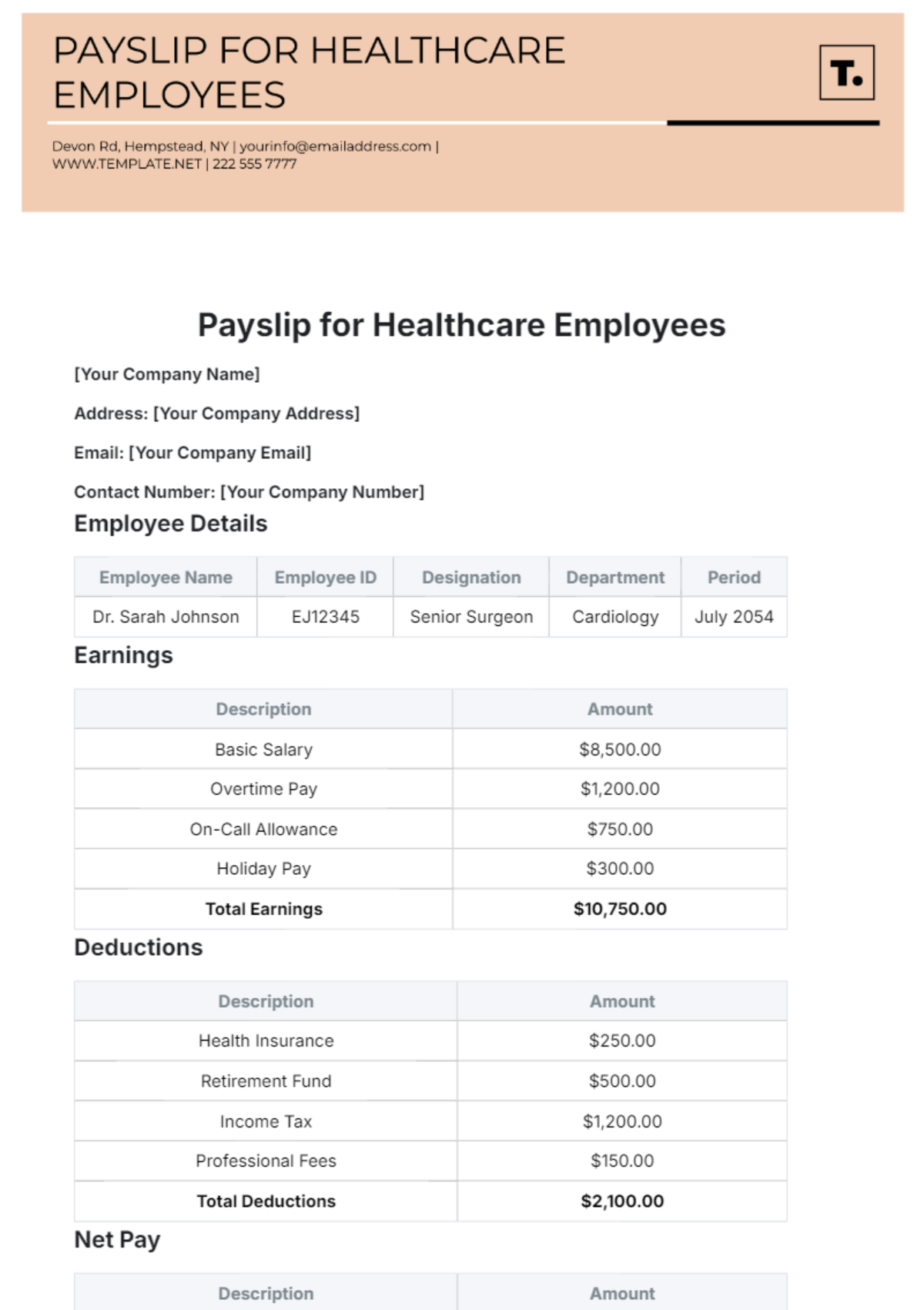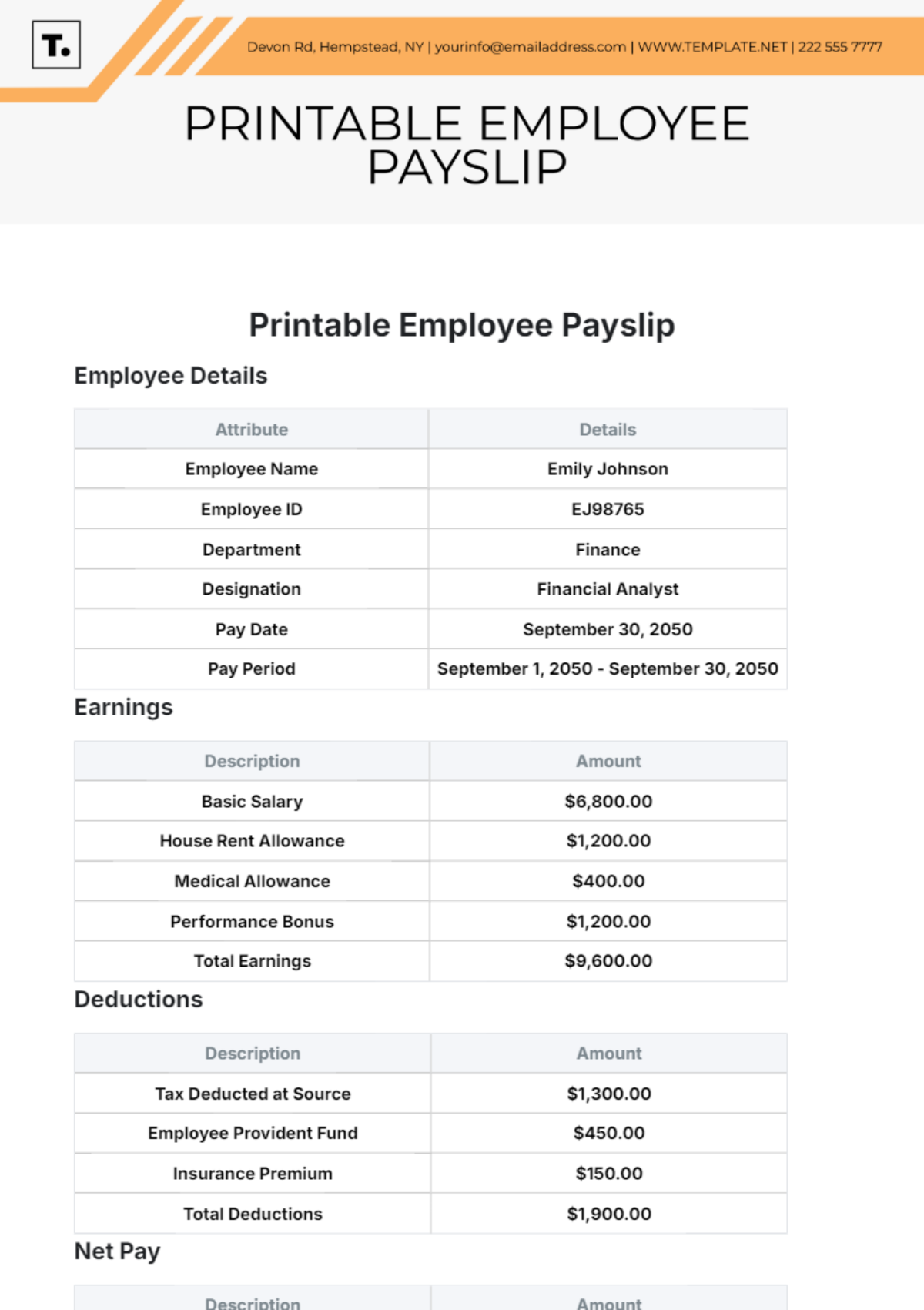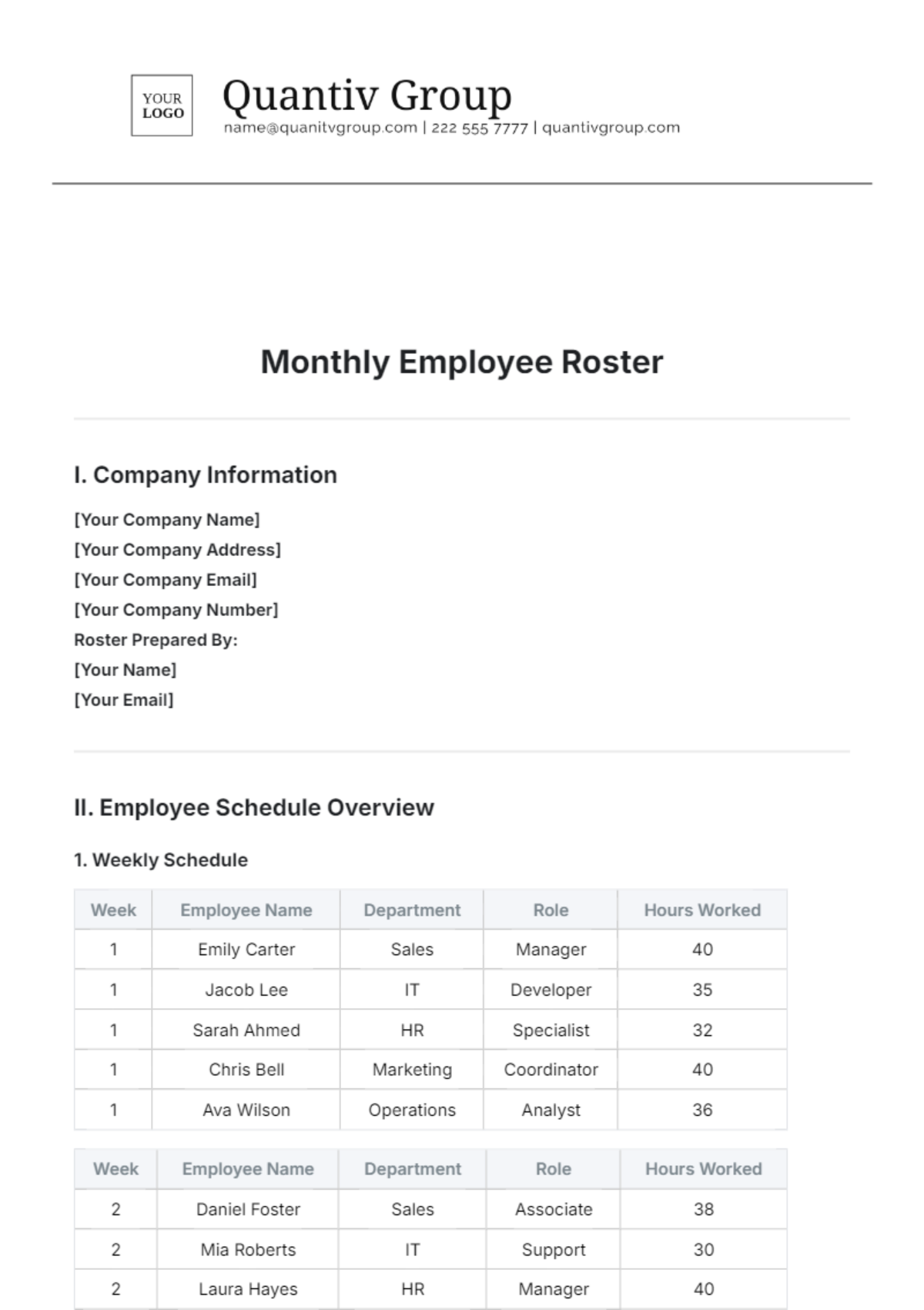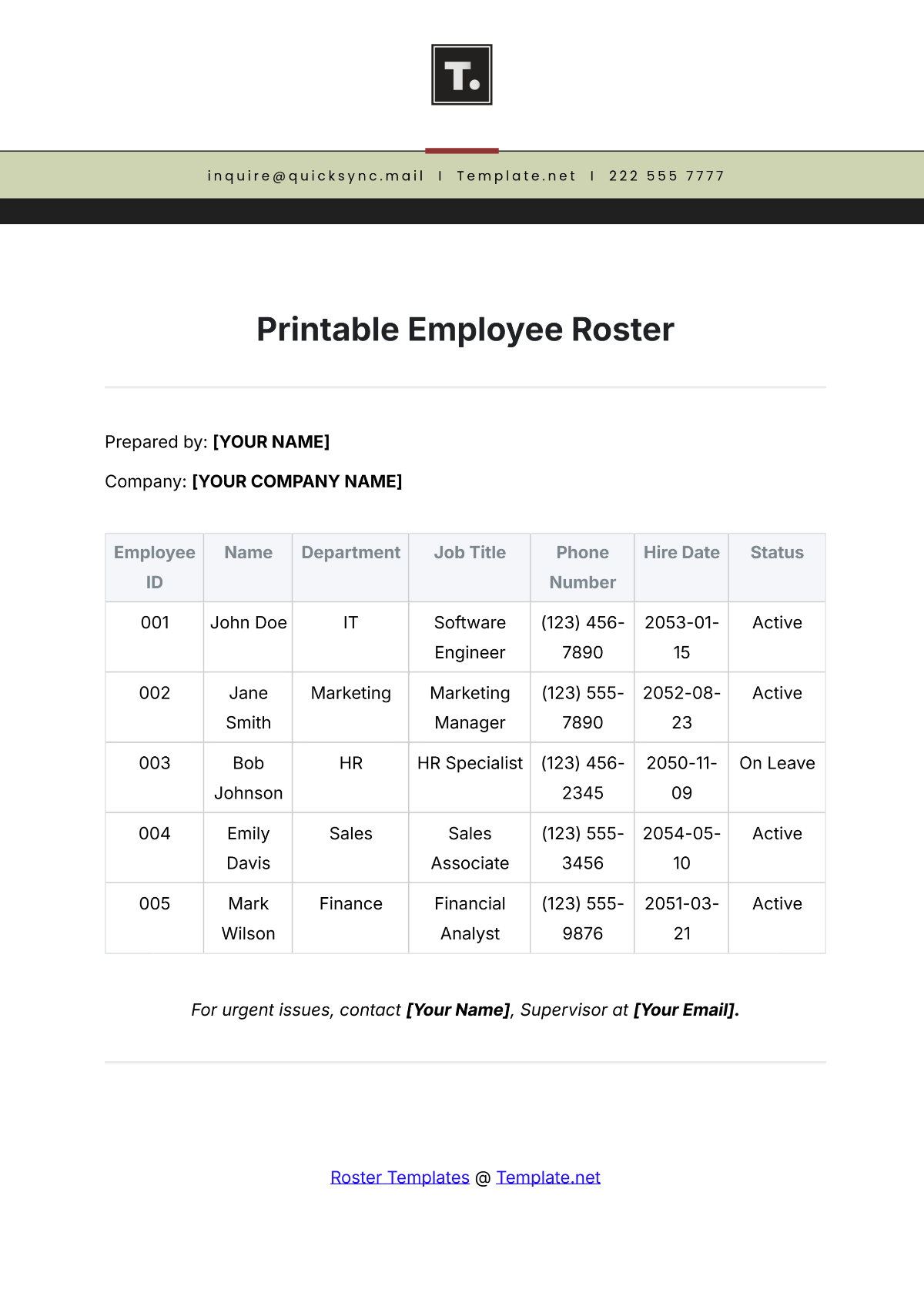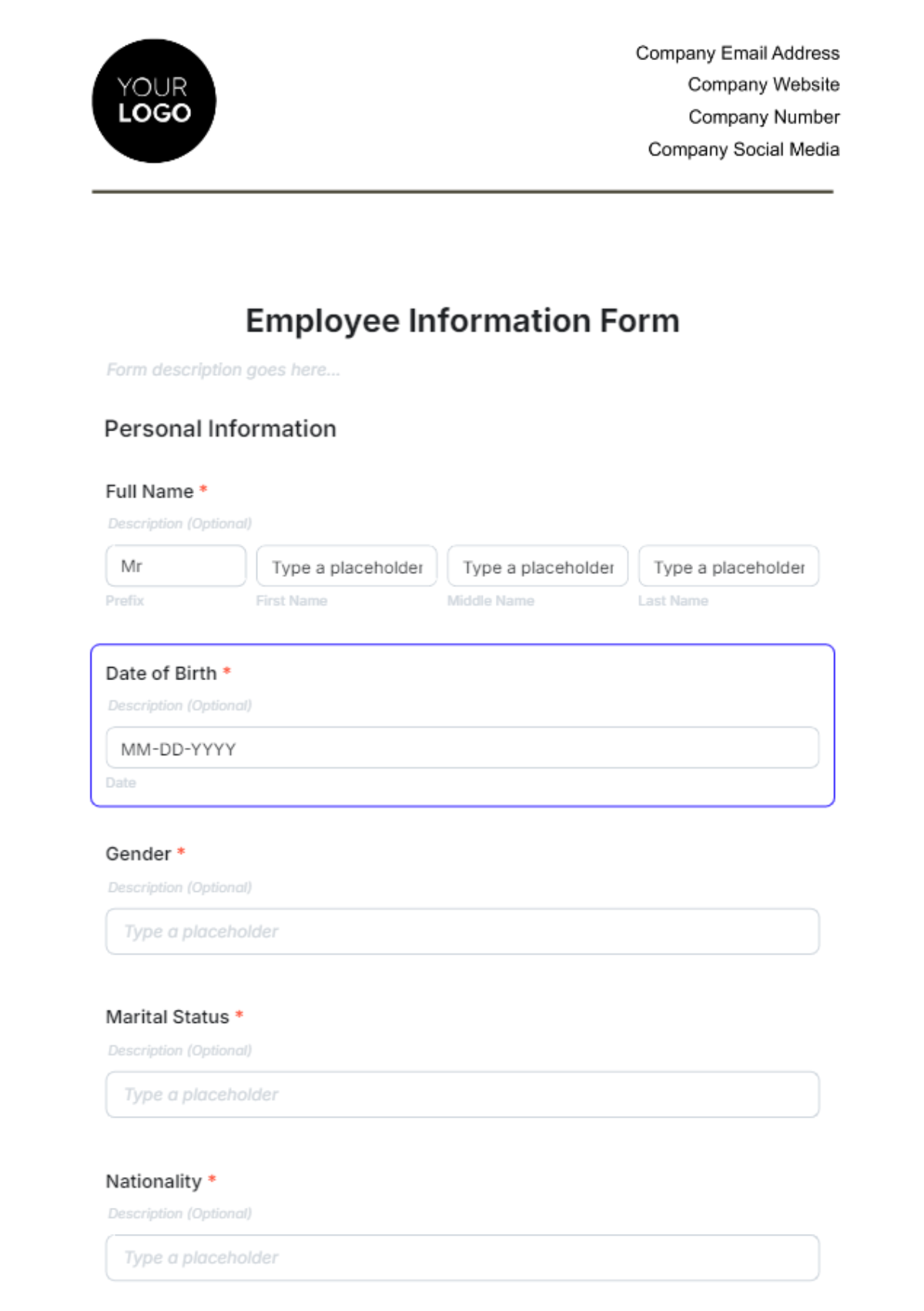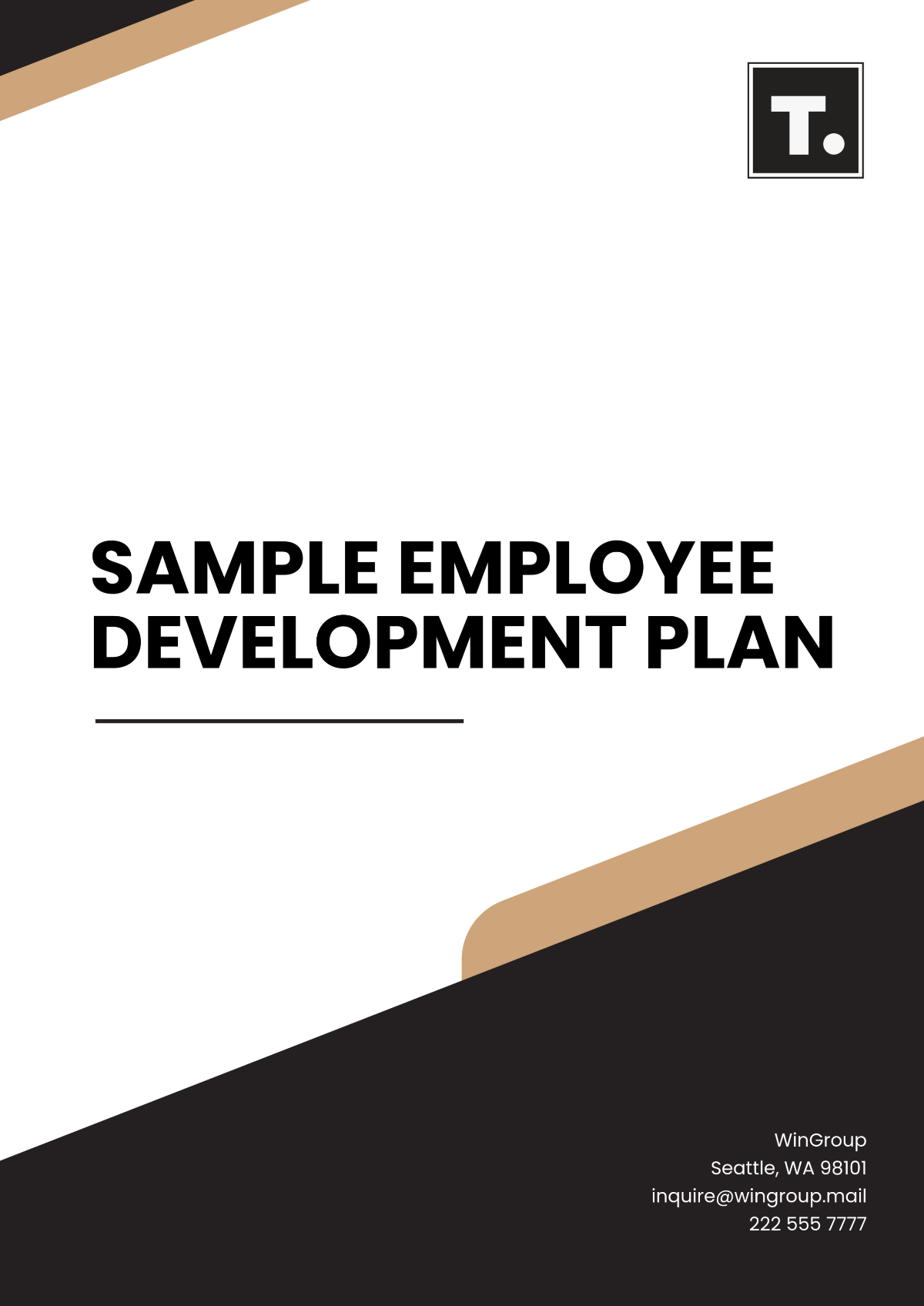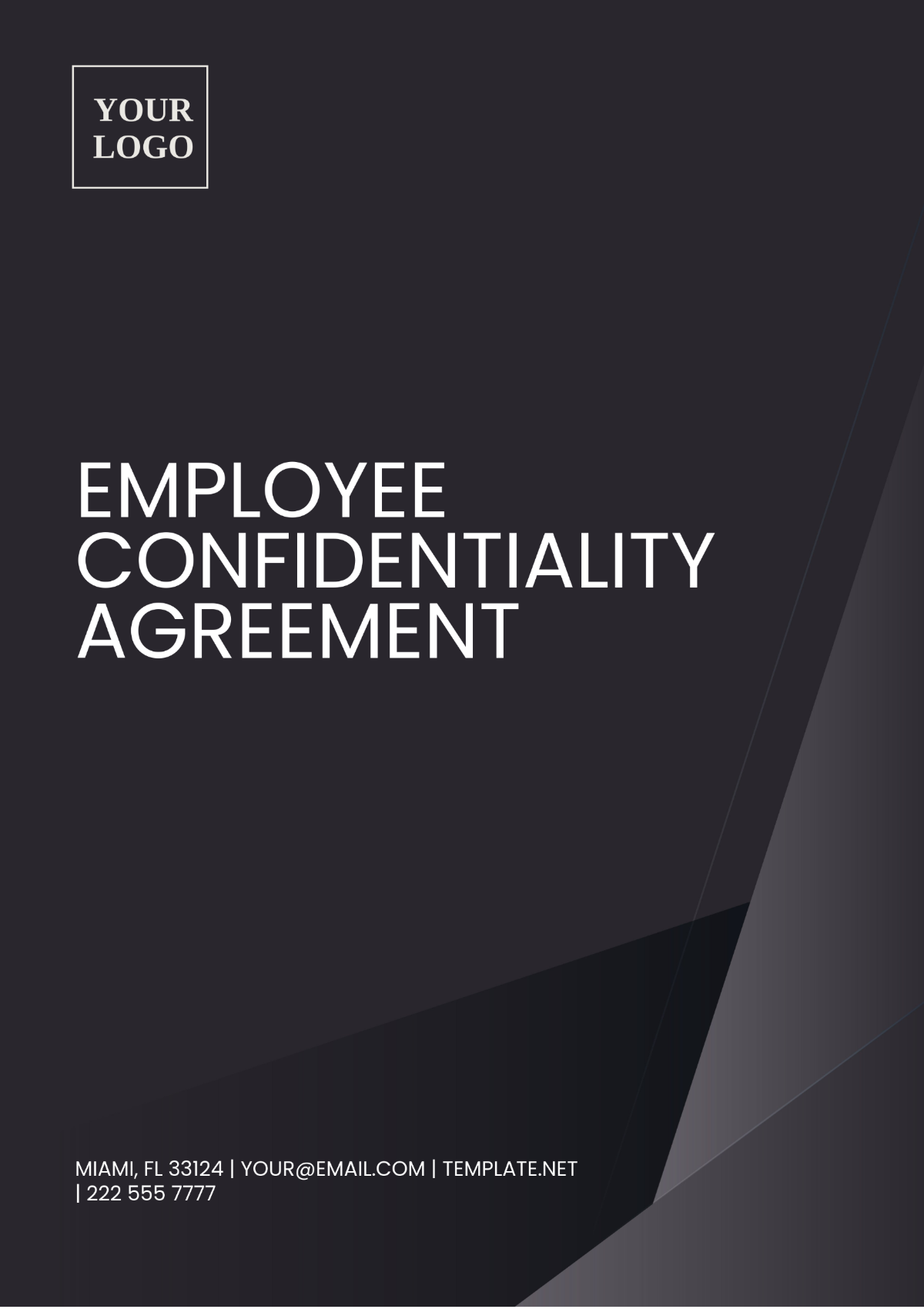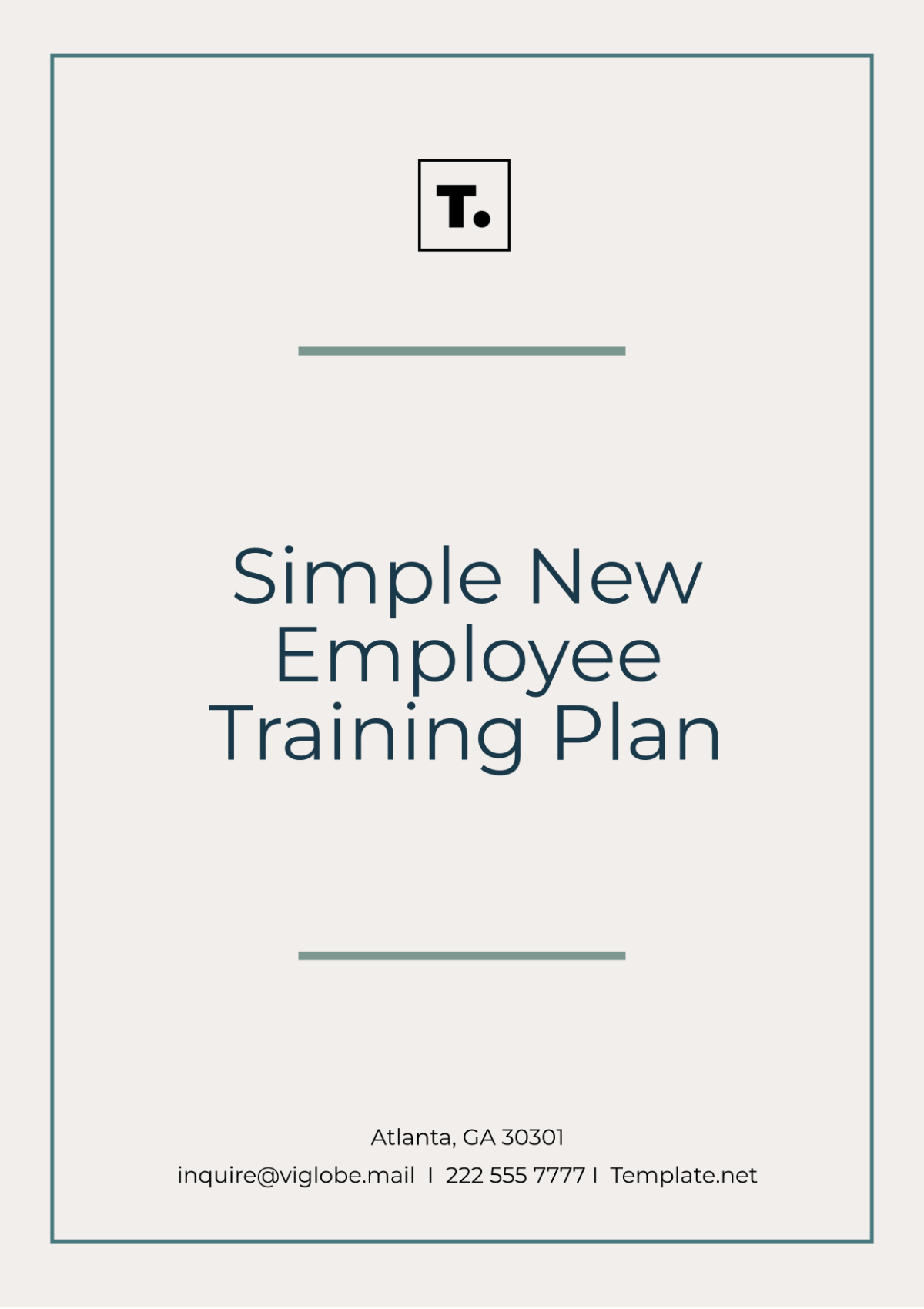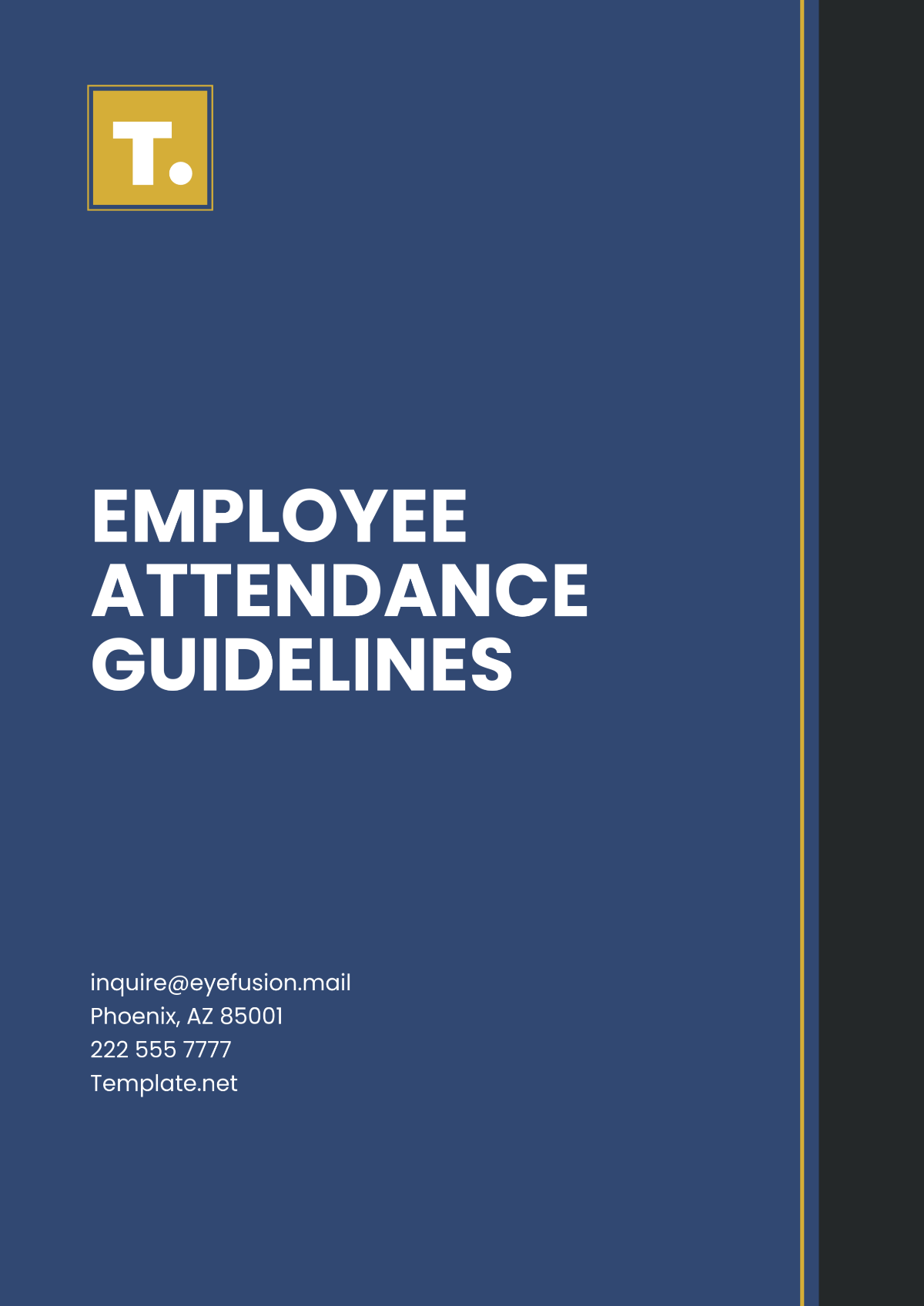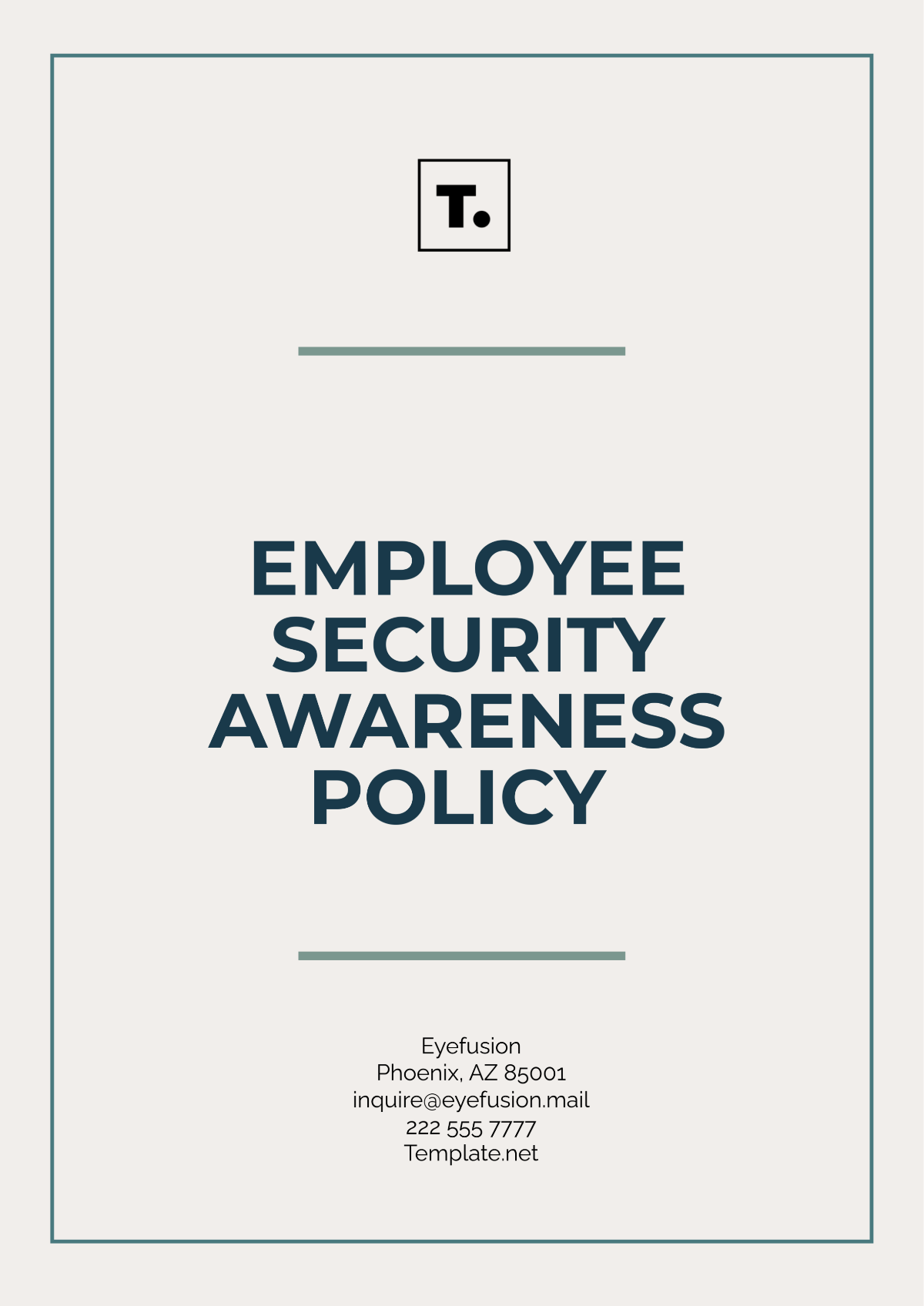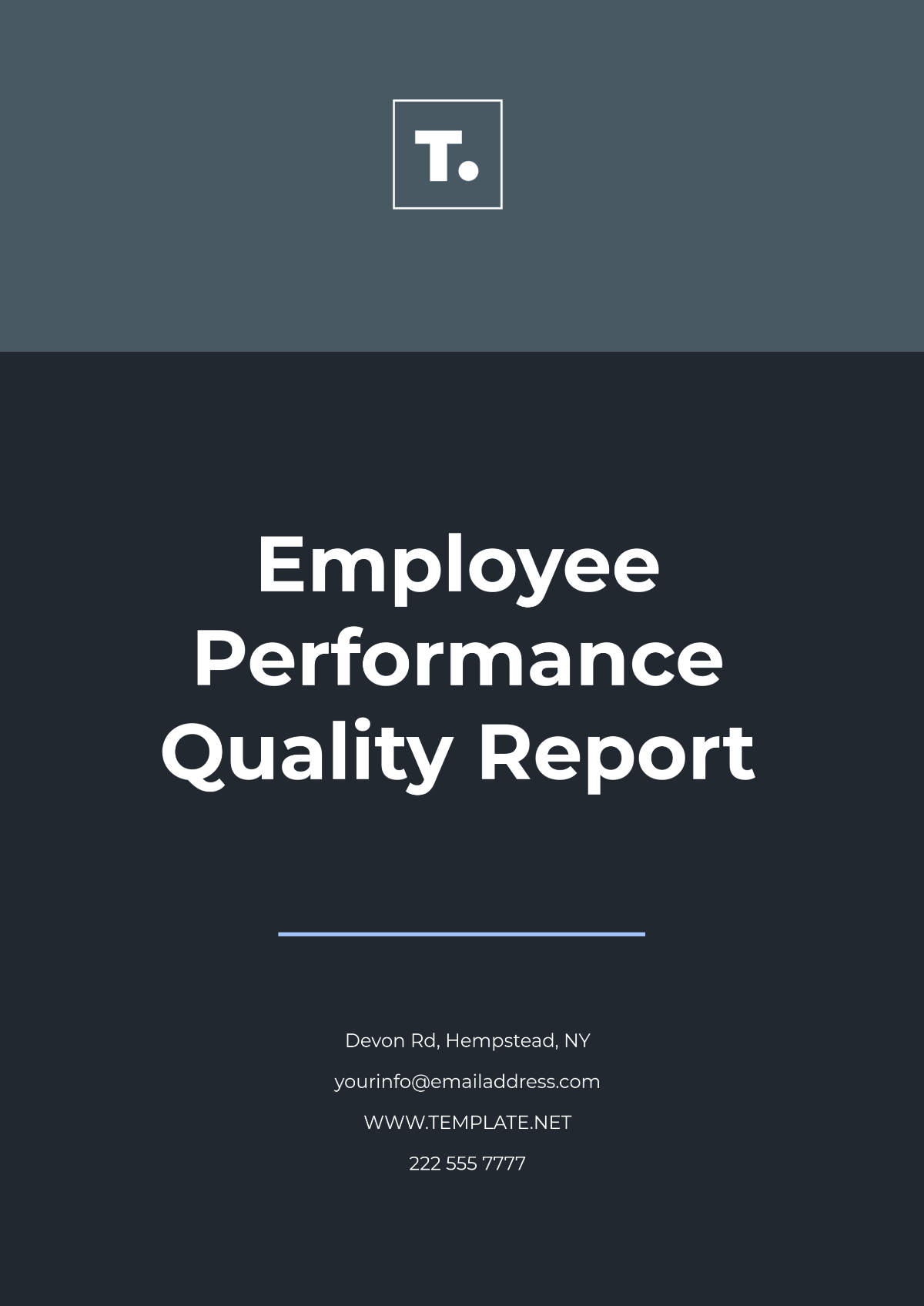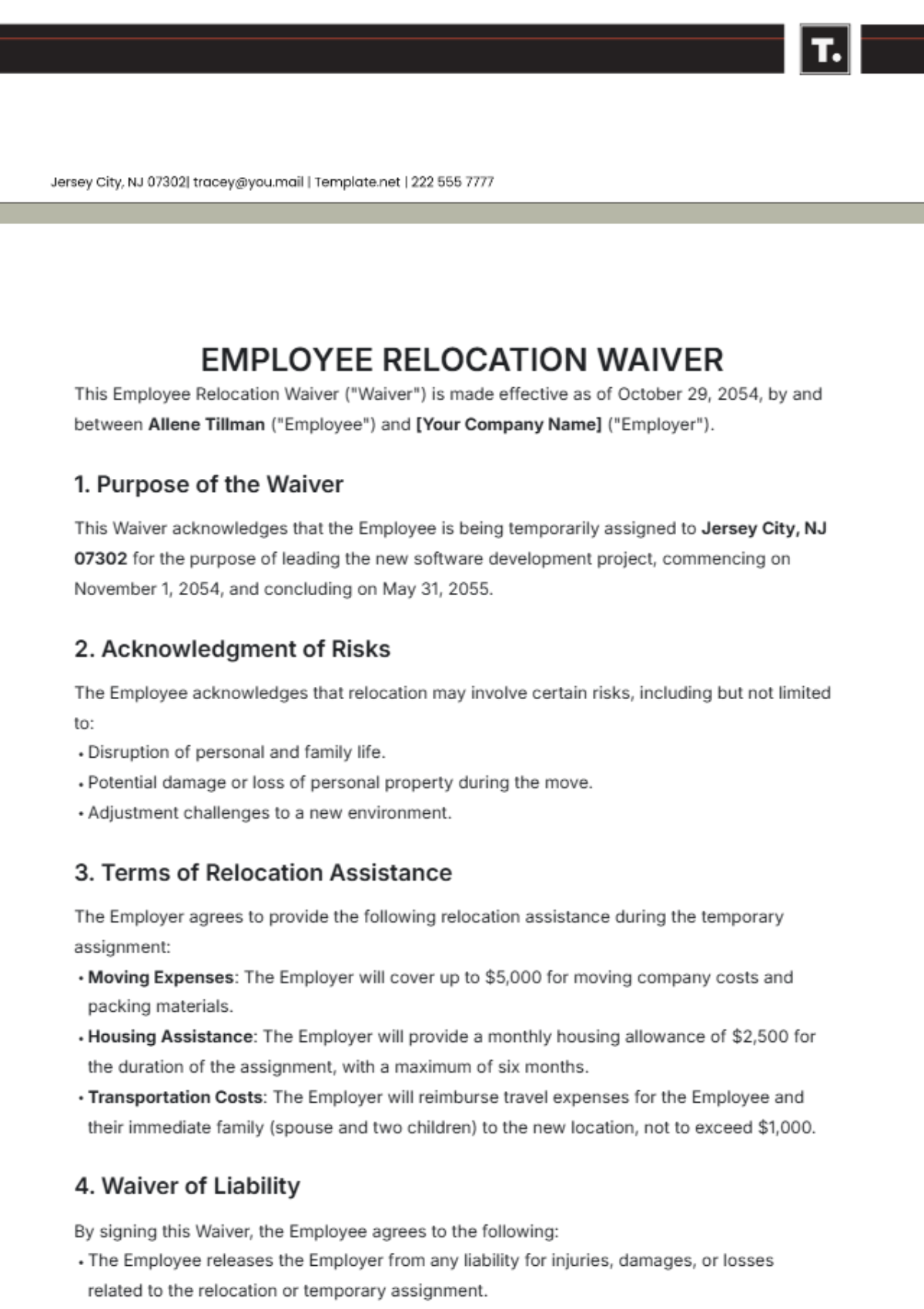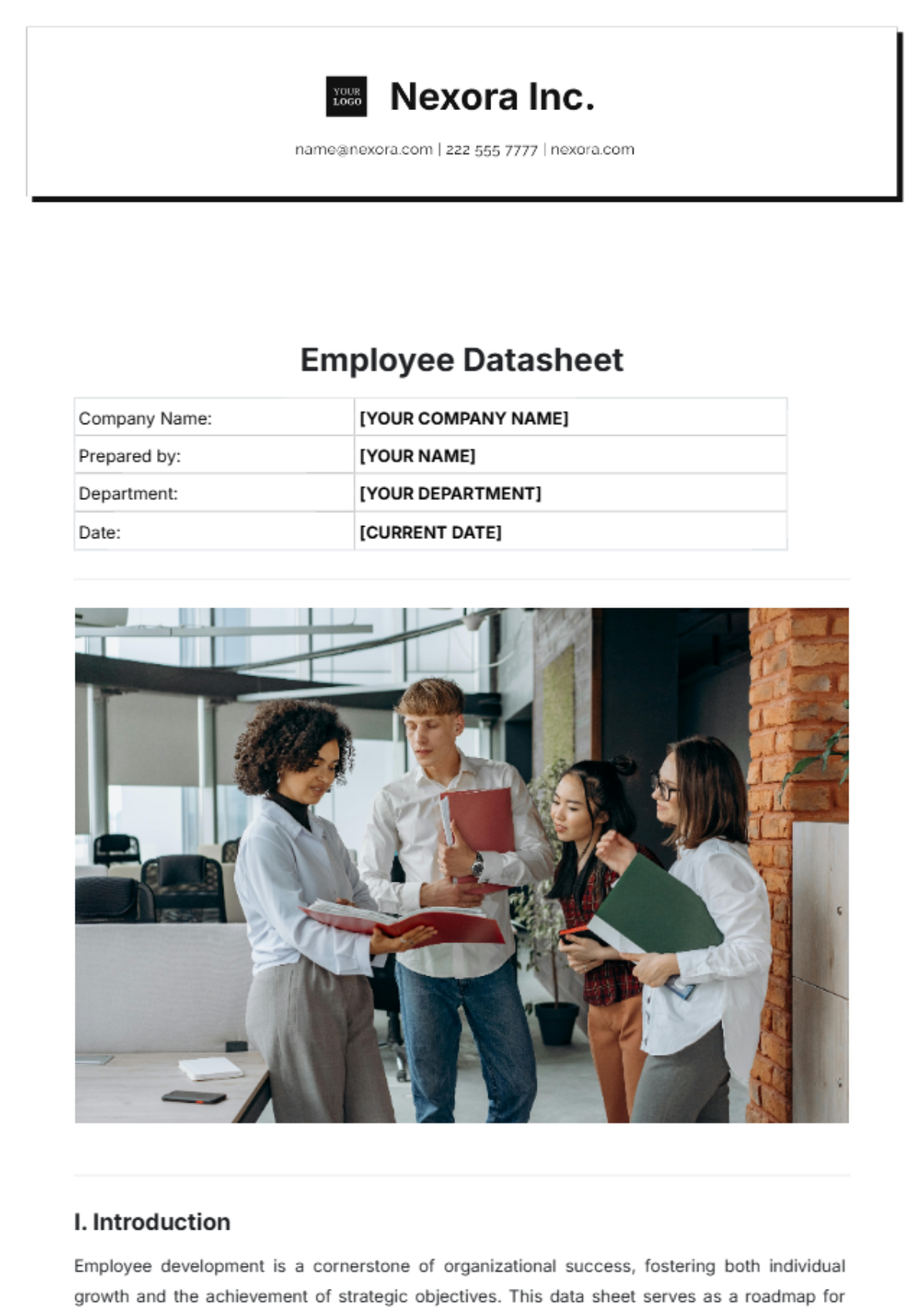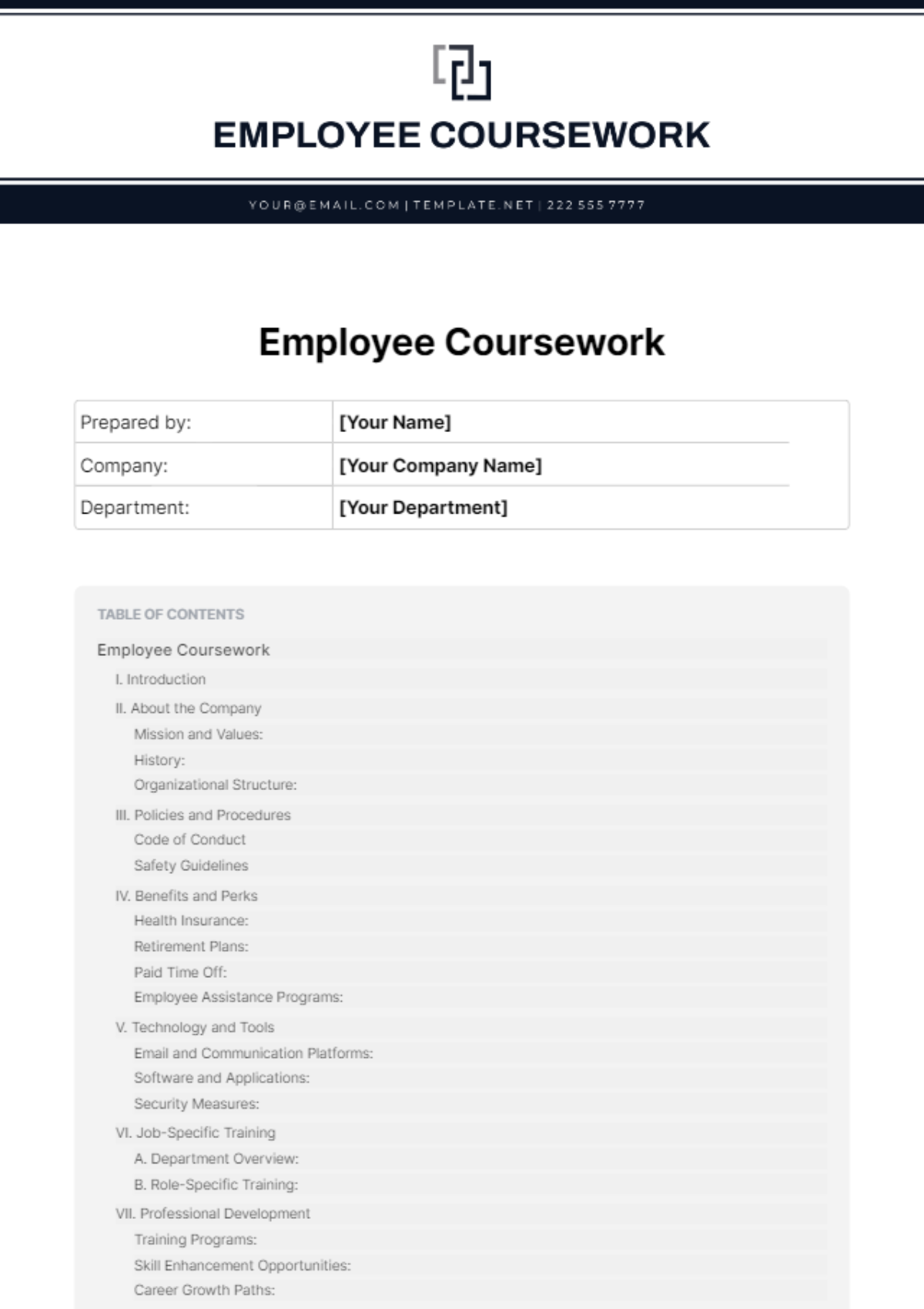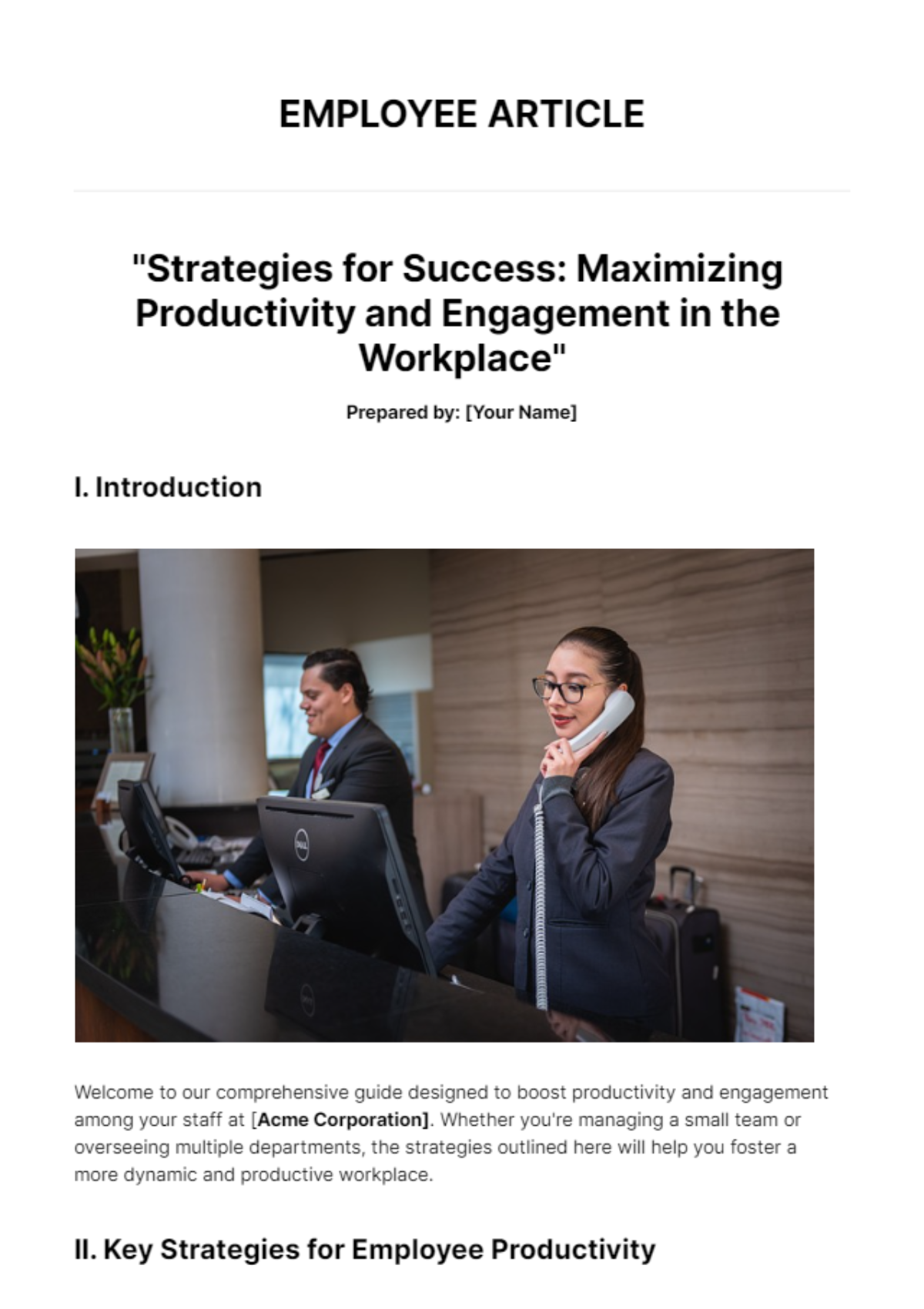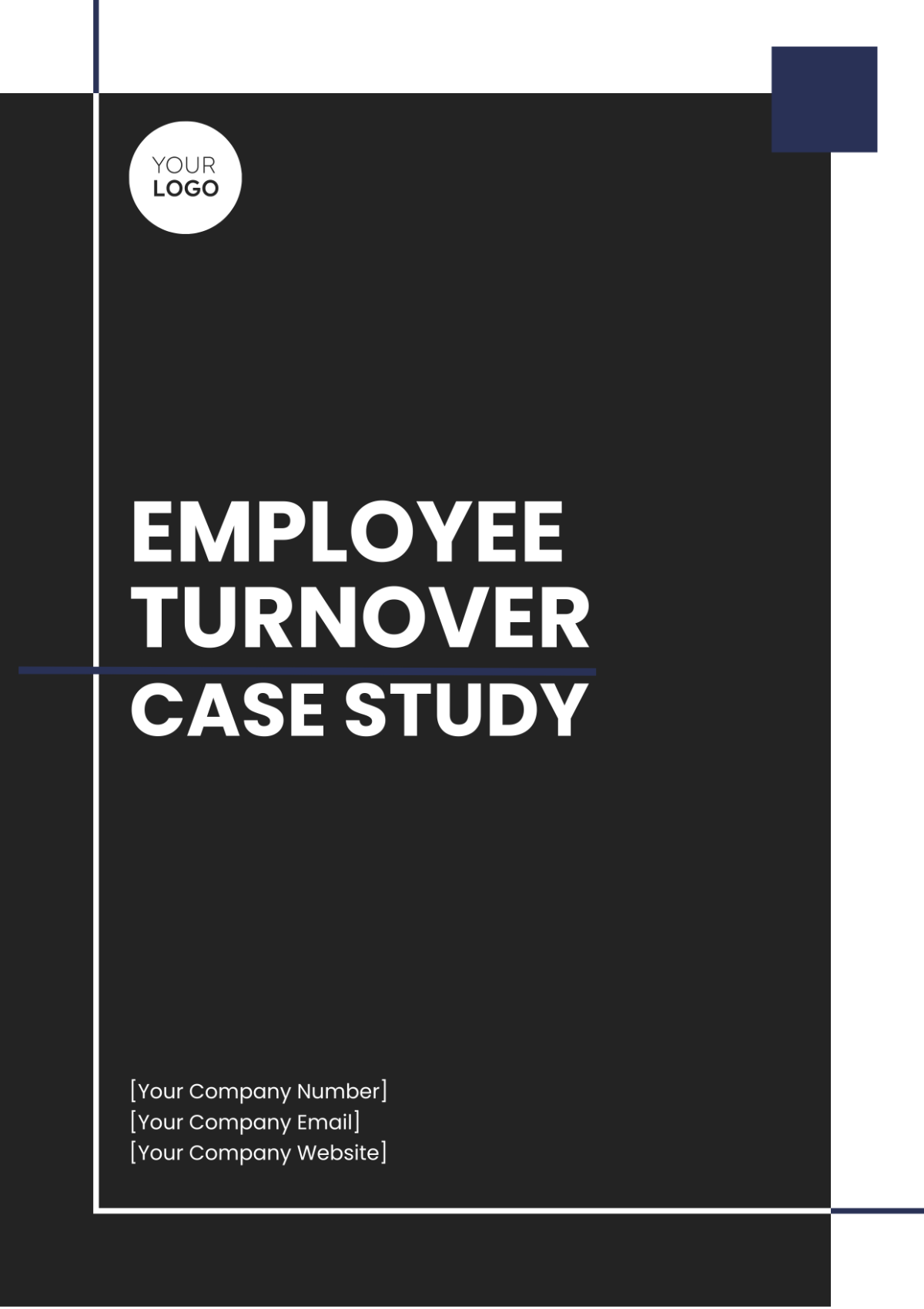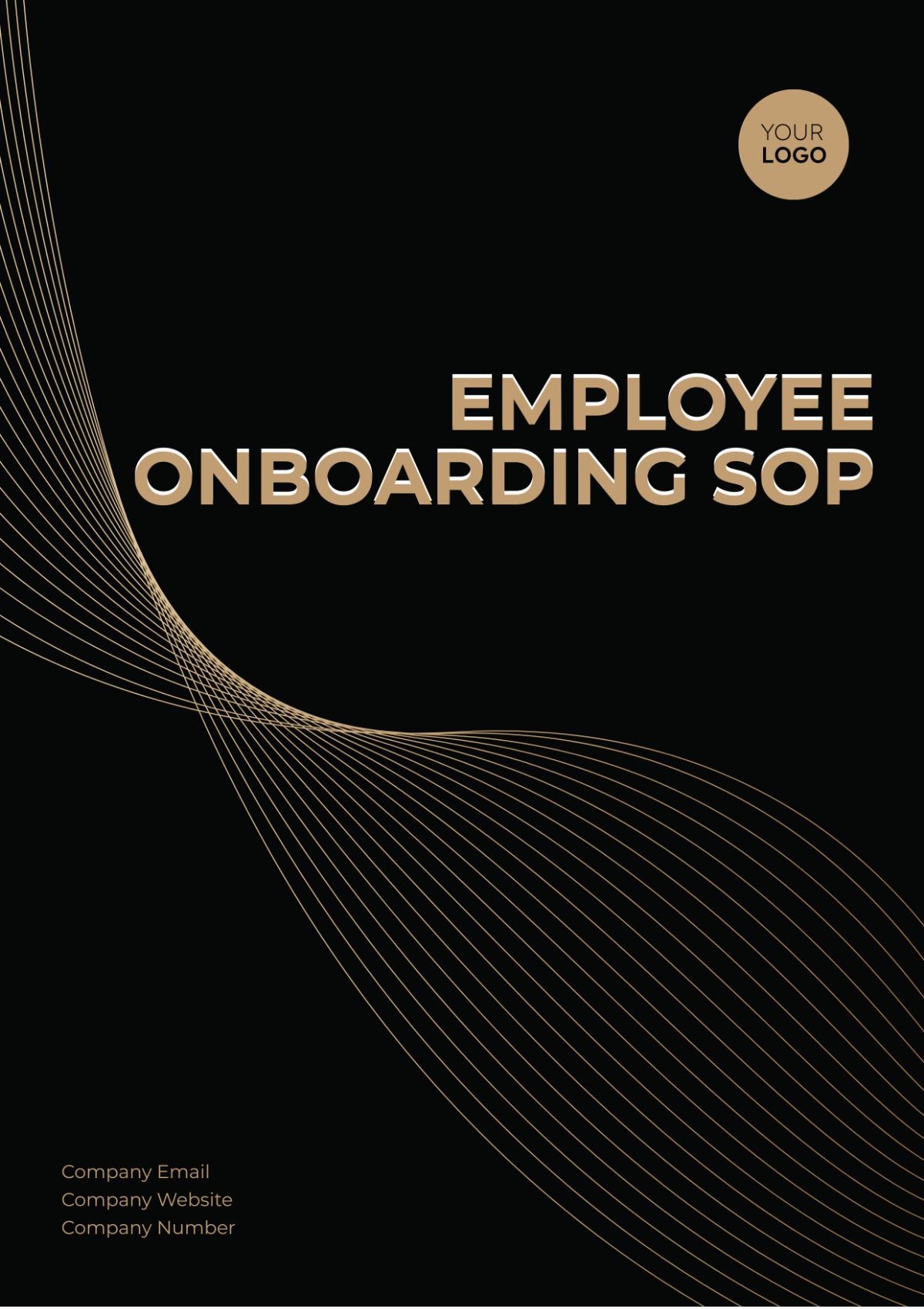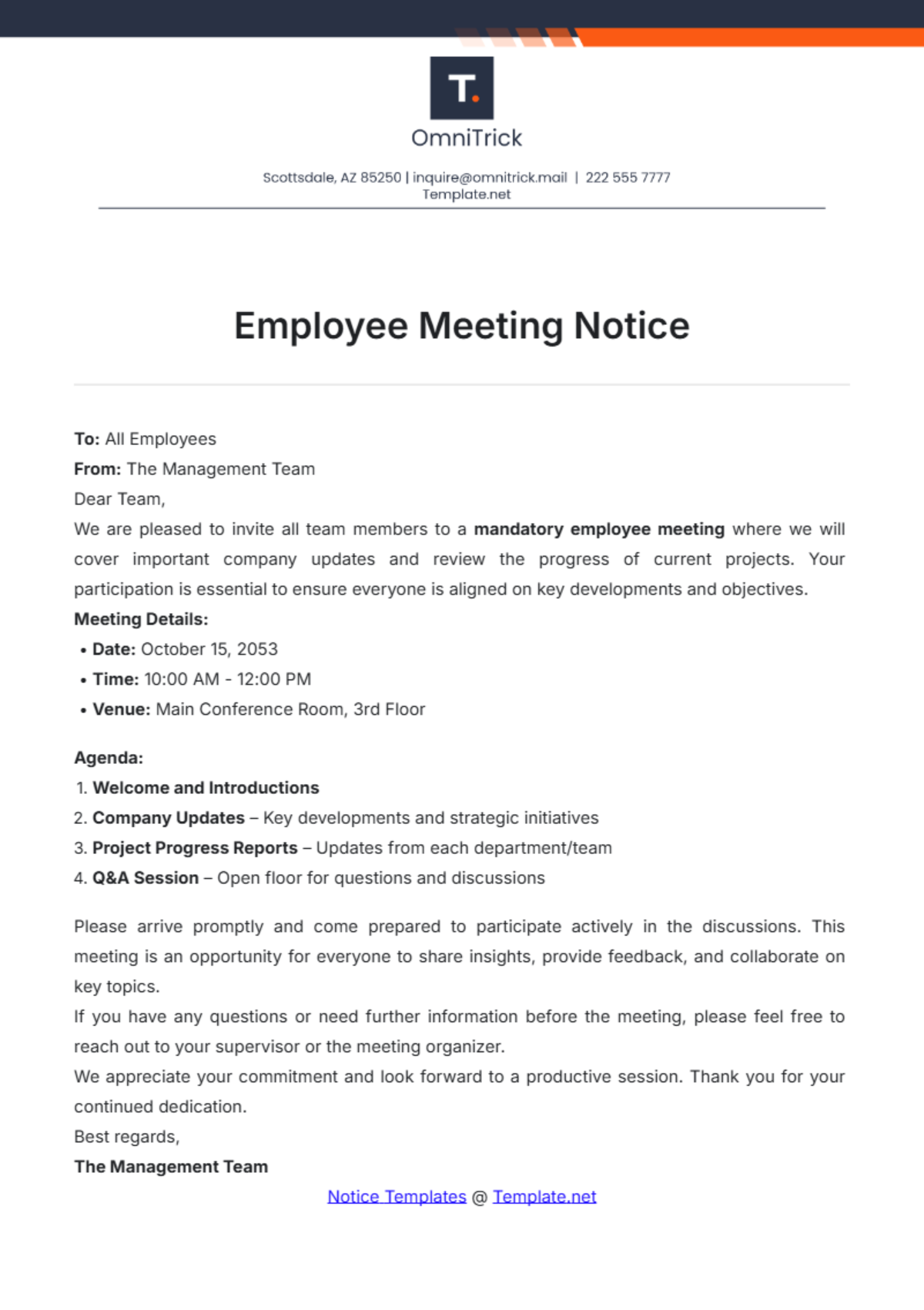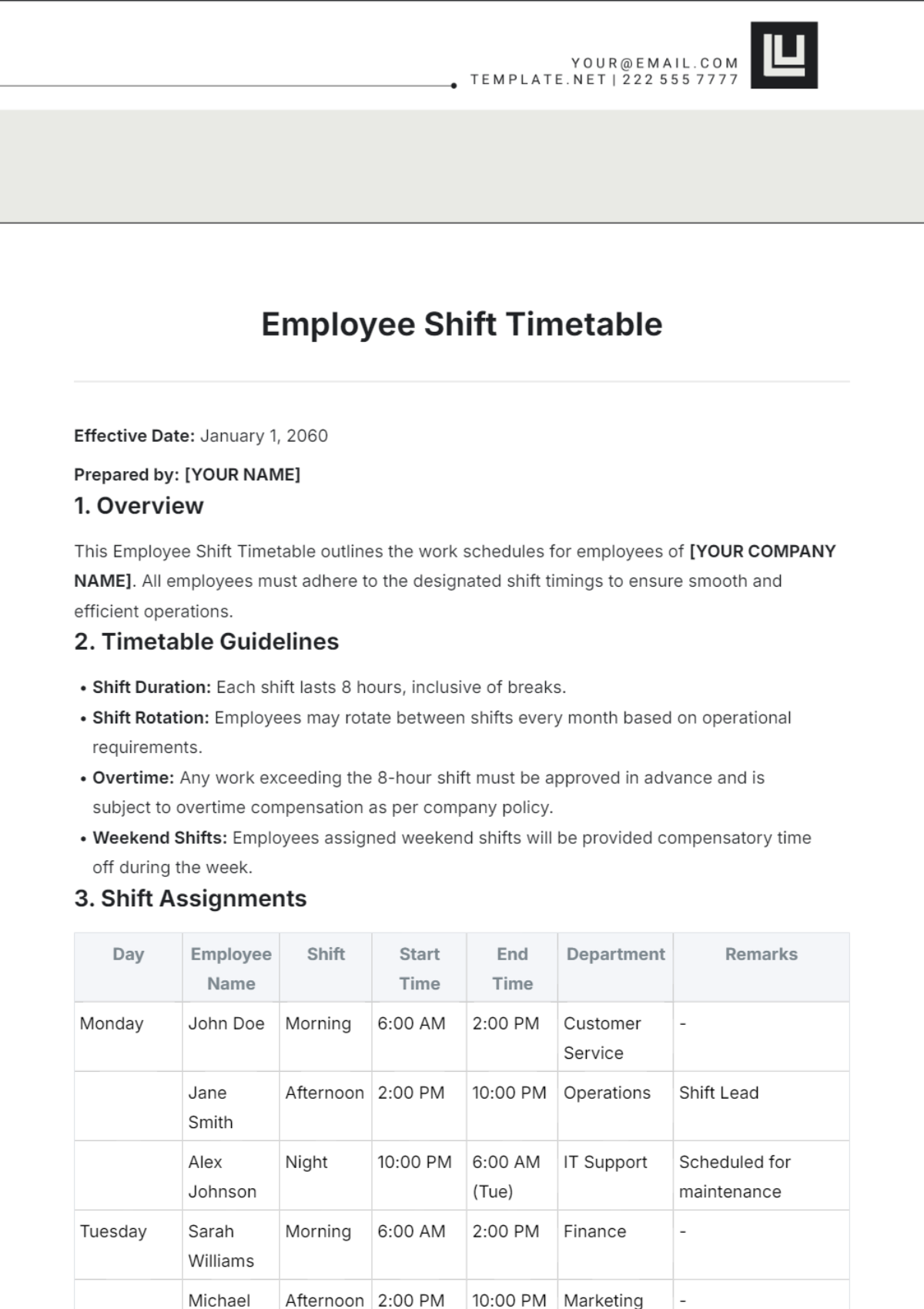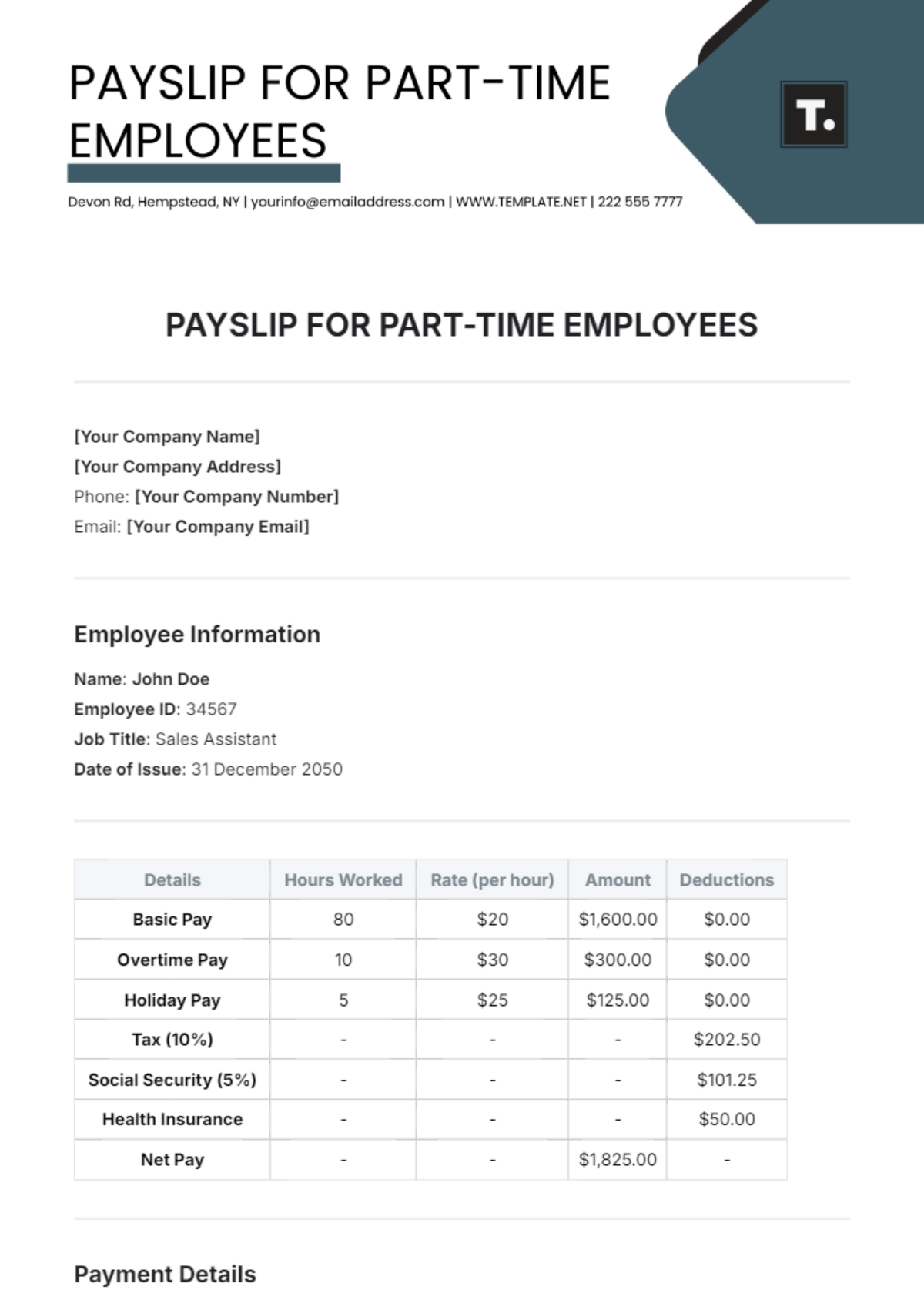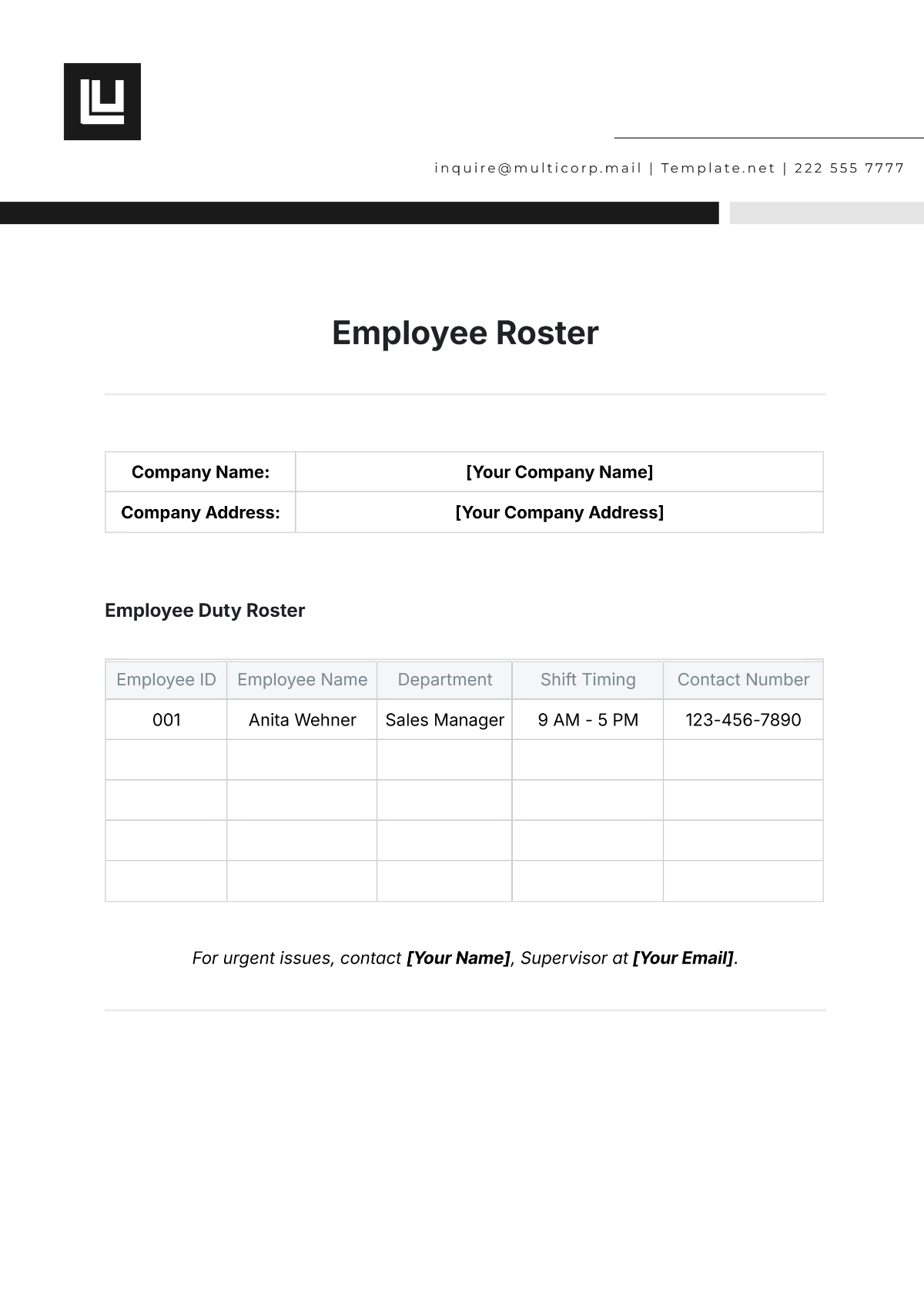Detailed Guide On Employee Discipline And Termination
TABLE OF CONTENTS
I. Introduction ............................................................................................................3
II. Establishing Clear Policies ...............................................................................4
III. Employee Performance Management..........................................................5
IV. Types Of Employee Misconduct ....................................................................7
V. Termination Process ...........................................................................................9
VI. Post-Termination Obligations ......................................................................10
VII. Conclusion............................................................................................11
Introduction
Purpose Of Employee Discipline
Employee discipline serves as the cornerstone of maintaining a productive and harmonious work environment. Its primary purpose is to uphold the values, standards, and expectations set forth by the organization, ensuring that all employees adhere to these principles. When administered effectively, employee discipline not only corrects problematic behavior but also fosters professional growth, accountability, and continuous improvement within the workforce.
Legal Framework
Navigating the terrain of employee discipline and termination is intricately tied to a complex web of local, state, and federal labor laws. Compliance with these laws is paramount to avoid legal pitfalls and liabilities. Some of the key legal considerations include:
Anti-Discrimination Laws | Laws such as Title VII of the Civil Rights Act, the Americans with Disabilities Act (ADA), and the Age Discrimination in Employment Act (ADEA) prohibit discrimination based on race, color, religion, sex, national origin, disability, or age. Ensuring that discipline and termination decisions do not violate these laws is crucial. |
Wage And Hour Laws | The Fair Labor Standards Act (FLSA) governs minimum wage, overtime, and other wage-related matters. Compliance with wage and hour laws is essential when calculating final pay and overtime for terminated employees. |
Labor Contracts | Employment contracts, collective bargaining agreements, and union contracts can add additional layers of complexity to the discipline and termination process. It's important to adhere to the terms outlined in these agreements while making decisions regarding discipline and termination. |
At-Will Employment | Understanding the concept of at-will employment, which allows either the employer or employee to terminate the employment relationship at any time for any reason (with some exceptions), is crucial. |
Severance Agreements | Crafting and executing severance agreements properly is vital to protect the interests of both the employer and the departing employee. These agreements often include terms related to compensation, non-disparagement, and waivers of legal claims. |
Establishing Clear Policies
Employee Handbook
A well-structured and regularly updated employee handbook is the cornerstone of effective employee discipline and termination procedures. This handbook should be easily accessible to all employees and serve as a comprehensive guide to your organization's policies and procedures. Within the employee handbook, include the following:
Introduction | Start with a clear and welcoming introduction that emphasizes your commitment to providing a safe and respectful workplace. |
Code Of Conduct | Detail your company's code of conduct, which should outline acceptable and unacceptable behavior in the workplace. Include specific examples to provide clarity. |
Reporting Mechanisms | Clearly explain how employees can report misconduct, violations of policies, or concerns about workplace behavior. Ensure anonymity and confidentiality are maintained as appropriate. |
Disciplinary Procedures | Dedicate a section to the progressive discipline process, outlining the steps involved when addressing misconduct. Define what constitutes grounds for discipline, the types of disciplinary actions that may be taken, and the principles of fairness and due process. |
Termination Policies | Describe the circumstances under which employment may be terminated, including for cause and without cause. State any notice requirements, severance policies, and how final paychecks are handled. |
Code Of Conduct
A robust code of conduct serves as a critical reference point for employees. It should encompass various aspects of behavior and expectations, including but not limited to:
Professionalism | Define what professionalism means within your organization, emphasizing respect for colleagues, clients, and the company's reputation. |
Workplace Ethics | Discuss ethical standards that employees should adhere to, including honesty, integrity, and transparency. |
Communication | Address effective and respectful communication within the workplace, emphasizing the importance of constructive feedback and avoiding harassment or bullying. |
Conflict Resolution | Provide guidelines for resolving conflicts amicably and encourage open dialogue among employees. |
Dress Code | Specify dress code requirements, if applicable, and clarify expectations for personal appearance. |
Employee Performance Management
Effective employee performance management is crucial for fostering a productive and engaged workforce. It involves a proactive approach to ensure that employees not only meet their job requirements but also have opportunities to excel and grow within the organization. Here, we delve deeper into the key components of employee performance management:
Setting Expectations
Clear and well-defined job expectations are the foundation of successful performance management. To set expectations effectively:
Job Descriptions | Begin by creating comprehensive job descriptions that outline the roles, responsibilities, and qualifications required for each position within your organization. These descriptions should serve as a reference point for both employees and supervisors. |
Performance Metrics | Develop key performance indicators (KPIs) or other measurable metrics that align with organizational goals. These metrics should be specific, measurable, achievable, relevant, and time-bound (SMART). |
Goal Setting | Encourage employees to set their own performance goals within the framework of their job descriptions and departmental objectives. This promotes ownership and motivation. |
Regular Feedback
Providing regular feedback helps employees understand how their work aligns with organizational objectives and where improvements are needed. Consider the following practices:
Scheduled Reviews | Conduct periodic performance reviews, typically annually or semi-annually, where supervisors and employees discuss achievements, challenges, and growth opportunities. |
Continuous Feedback | In addition to formal reviews, encourage ongoing feedback. Managers should provide constructive feedback promptly, whether it's praise for a job well done or guidance for improvement. |
Two-Way Communication | Create an environment where employees feel comfortable sharing their ideas, concerns, and aspirations. Open dialogue promotes engagement and helps identify areas for development. |
Recognition And Rewards | Recognize and reward exceptional performance through a system of bonuses, awards, or other incentives. Acknowledgment motivates employees to maintain high standards. |
Types Of Employee Misconduct
Employee misconduct can manifest in various forms and can disrupt the workplace, compromise safety, and hinder productivity. It is essential for employers to be aware of these misconduct categories to address them effectively:
Attendance And Punctuality Issues
Excessive Absenteeism | Frequent and unexcused absences from work can disrupt operations and impact team morale. Implement clear attendance policies that outline acceptable reasons for absences and the consequences for unexcused absences. |
Chronic Tardiness | Regularly arriving late for work or meetings can disrupt workflow and affect productivity. Address this issue promptly and consider progressive discipline if it persists. |
Insubordination
Defiance Of Authority | Insubordination occurs when employees refuse to follow instructions or directives from their supervisors. It can lead to a breakdown in the chain of command and negatively impact teamwork. |
Refusal To Perform Duties | When an employee deliberately refuses to perform their job duties or cooperate with coworkers, it can lead to significant workplace disruptions. Document instances of refusal to work and follow company policies for addressing such behavior. |
Violation Of Company Policies
Misuse Of Company Resources | Employees may misuse company property, including computers, vehicles, or expense accounts. Ensure that employees are aware of the proper use of company resources and take appropriate action if violations occur. |
Confidentiality Breaches | Unauthorized disclosure of sensitive company information or client data can lead to legal and reputational issues. Implement strict confidentiality policies and conduct training to educate employees on their responsibilities. |
Ethical Violations | Employees may engage in unethical behavior, such as accepting bribes, engaging in conflicts of interest, or engaging in other activities that comprise the company's integrity. |
Harassment And Discrimination
Sexual Harassment | Sexual harassment can create a hostile work environment and lead to legal consequences. Implement anti-harassment policies, provide training, and take immediate action to investigate and address any complaints. |
Discrimination | Discrimination based on race, gender, age, disability, religion, or other protected characteristics is illegal and can result in serious legal consequences. Promote diversity and inclusion, investigate discrimination complaints thoroughly, and take appropriate corrective measures. |
Theft And Fraud
Theft | Employee theft can involve stealing physical items, embezzling funds, or misusing company credit cards. Implement controls and security measures to prevent theft and investigate any suspected incidents thoroughly. |
Fraud | Fraudulent activities, such as falsifying expense reports, manipulating financial records, or engaging in deceptive practices, can harm the company financially and damage its reputation. Conduct regular financial audits and enforce anti-fraud policies. |
Termination Process
Terminating an employee is a sensitive and legally regulated process that must be executed with precision and empathy. Here's a detailed breakdown of the termination process:
Notice Period
Depending on local labor laws and employment contracts, employees may be entitled to a notice period before termination. Notice periods are intended to provide employees with time to seek new employment. If the employee is entitled to notice, ensure that you comply with the required notice period and any additional company policies.
Exit Interview
Conducting an exit interview is a valuable step in the termination process. This face-to-face or confidential survey helps gather feedback from the departing employee about their experience with the company. It can provide insights into areas for improvement within the organization and help address issues that may have contributed to the termination. Ensure that exit interviews are conducted professionally and without judgment, allowing the departing employee to express their views openly.
Return Of Company Property
Prior to the employee's departure, create a checklist of company property that must be returned. This may include company-issued laptops, mobile phones, access cards, uniforms, keys, and any other assets. Arrange for a formal handover of these items, ensuring that the employee acknowledges the return of each item with their signature. Failure to return company property may result in deductions from the final paycheck.
Final Paycheck
Prepare the employee's final paycheck, which should include all earned wages and benefits up to the termination date, such as accrued vacation or sick leave. Ensure that you calculate and disburse this payment in accordance with local labor laws and company policies. Additionally, provide a detailed breakdown of the final paycheck to the employee.
Handling Company Confidential Information
Remind the employee of their ongoing obligation to maintain confidentiality regarding the company's proprietary information and trade secrets, even after termination. Ensure they understand the legal consequences of breaching this obligation.
Post-Termination Obligations
The period following an employee's termination is critical for ensuring a smooth transition and maintaining a positive employer-employee relationship, even as they part ways. Here, we will delve deeper into the essential post-termination obligations to help employers handle this phase with professionalism and care:
Unemployment Benefits
Notification | Inform terminated employees about their potential eligibility for unemployment benefits. This notification should be provided in writing and include details on how to apply for benefits, where to find relevant forms, and any deadlines they should be aware of. |
Documentation | Be prepared to assist former employees in the unemployment benefits application process. This may include providing them with necessary documents, such as proof of employment and earnings history. |
Responding To Inquiries | If the unemployment agency contacts you for information about the former employee's separation, provide accurate and unbiased responses based on documented facts. Avoid making subjective comments or judgments that could affect the employee's eligibility. |
Conclusion
In conclusion, effective employee discipline and termination are vital for maintaining a productive, legal, and fair work environment. Key takeaways include:
Balancing discipline and termination as last resorts.
Ensuring consistency and fairness in all actions.
Thorough documentation to support decisions.
Staying compliant with labor laws and consulting legal counsel.
Promoting open communication and addressing concerns.
Handling employees exits gracefully and offering support.
Continuously improving policies and practices.
Ultimately, these processes should be conducted with empathy, integrity, and adherence to both legal requirements and ethical principles to create a workplace that values its employees and operates within the boundaries of the law.


